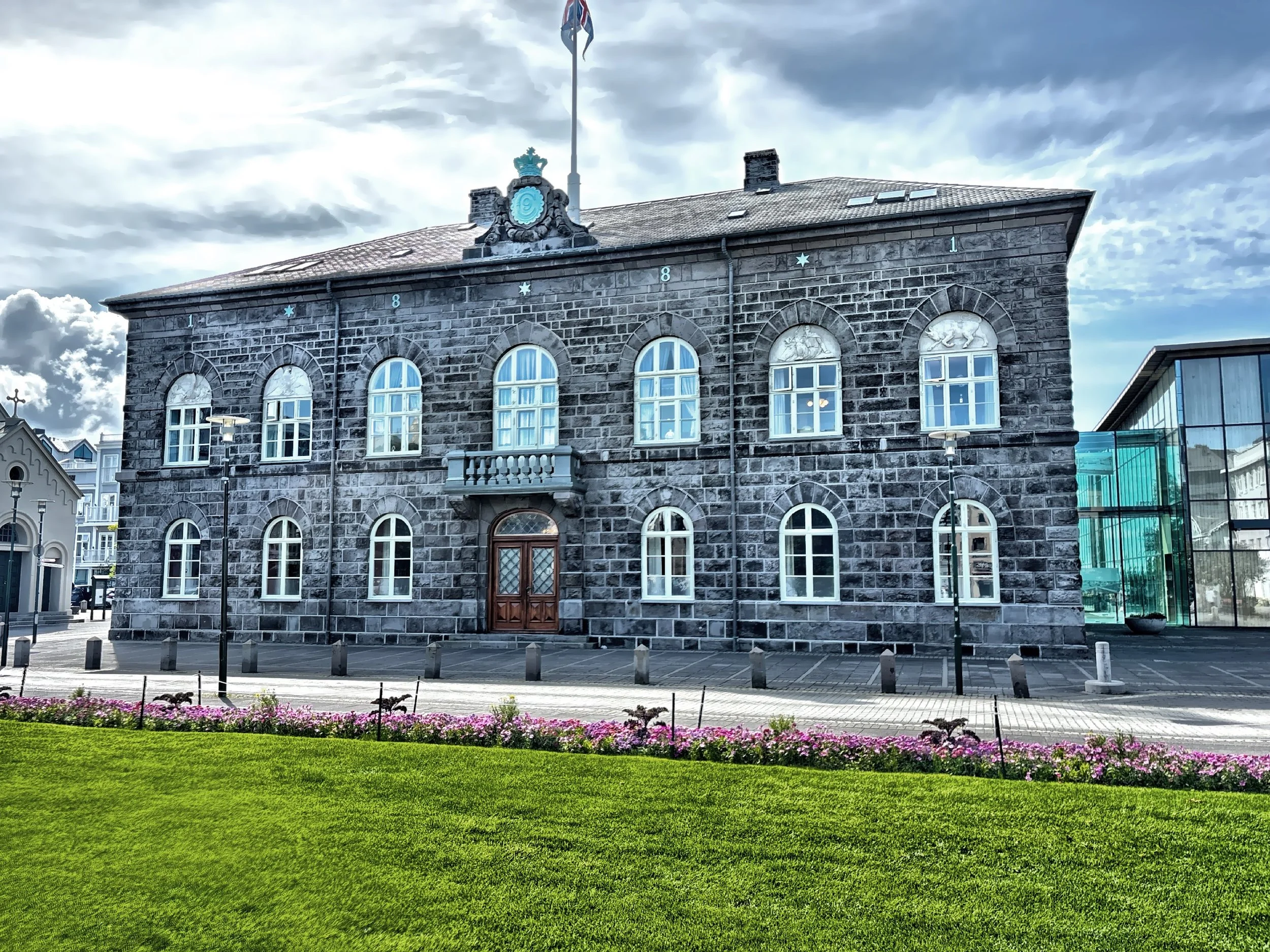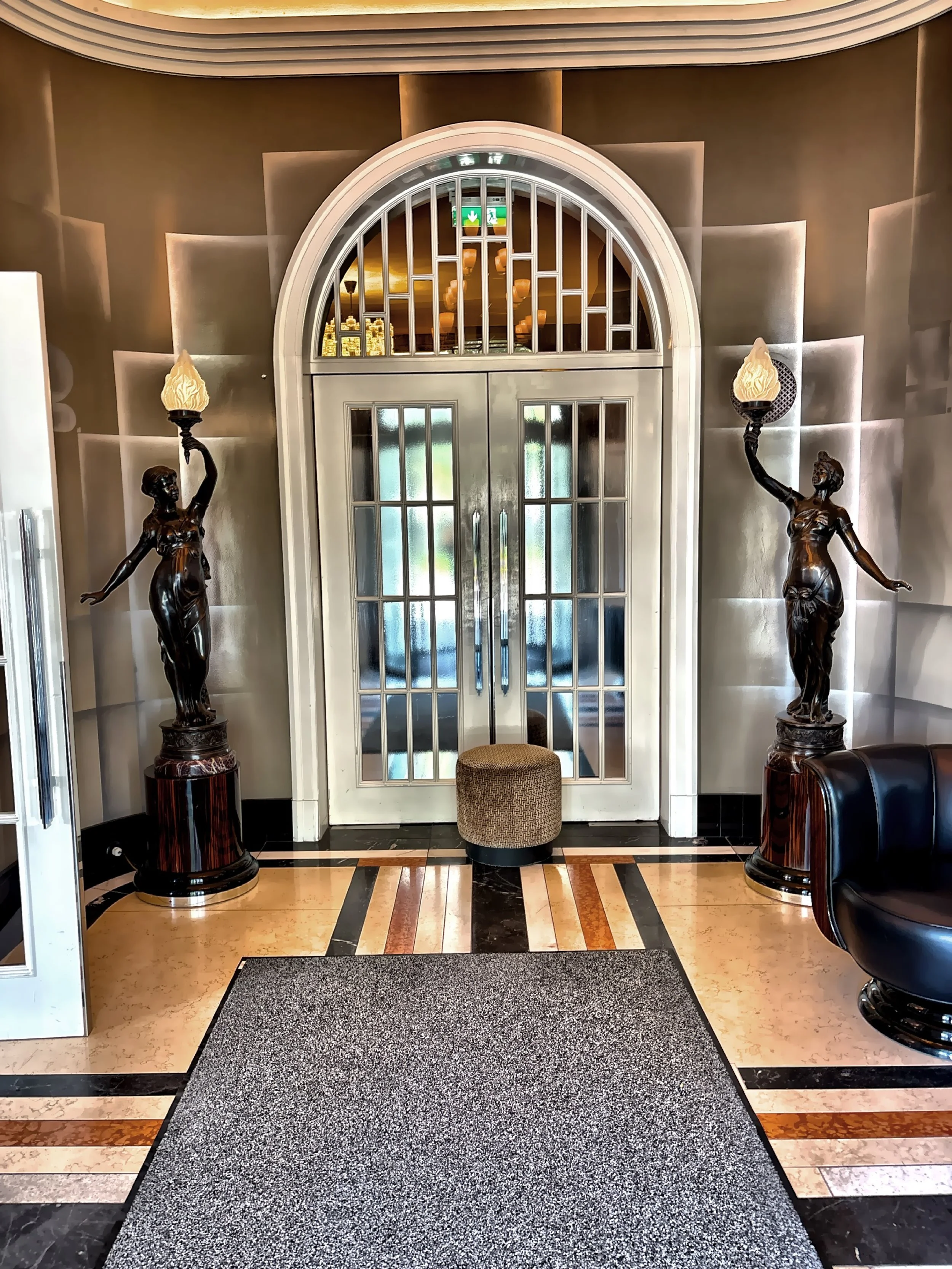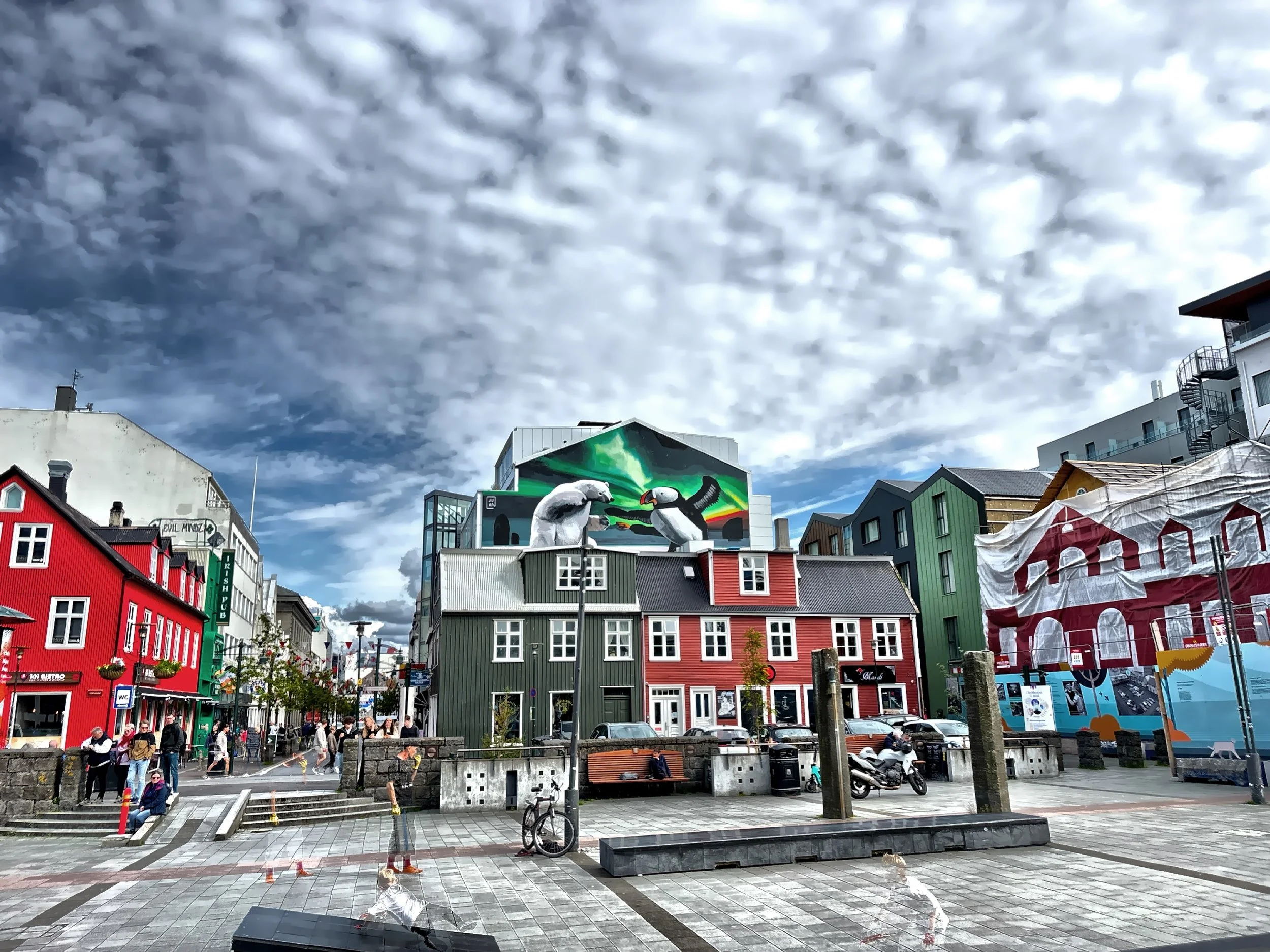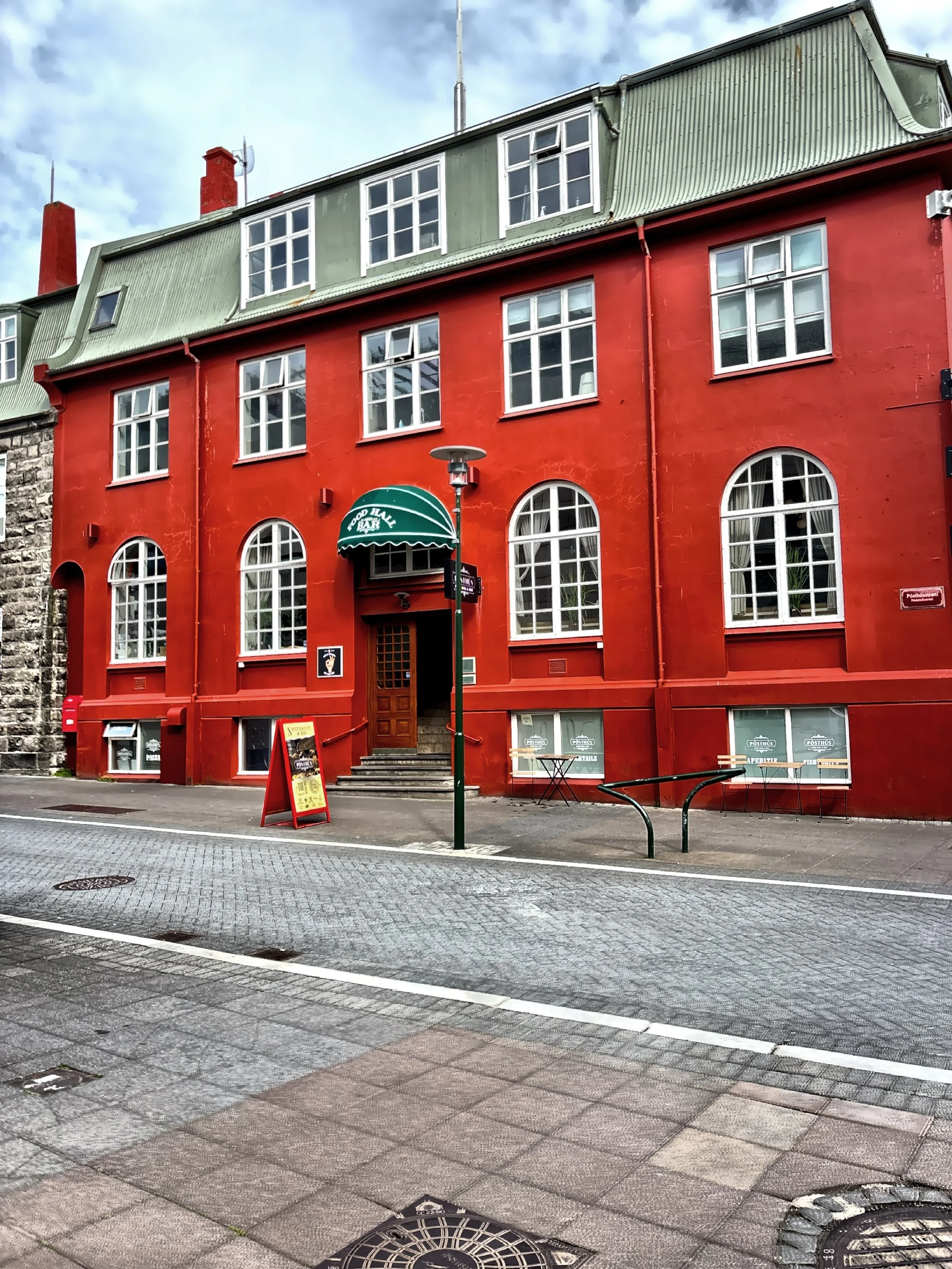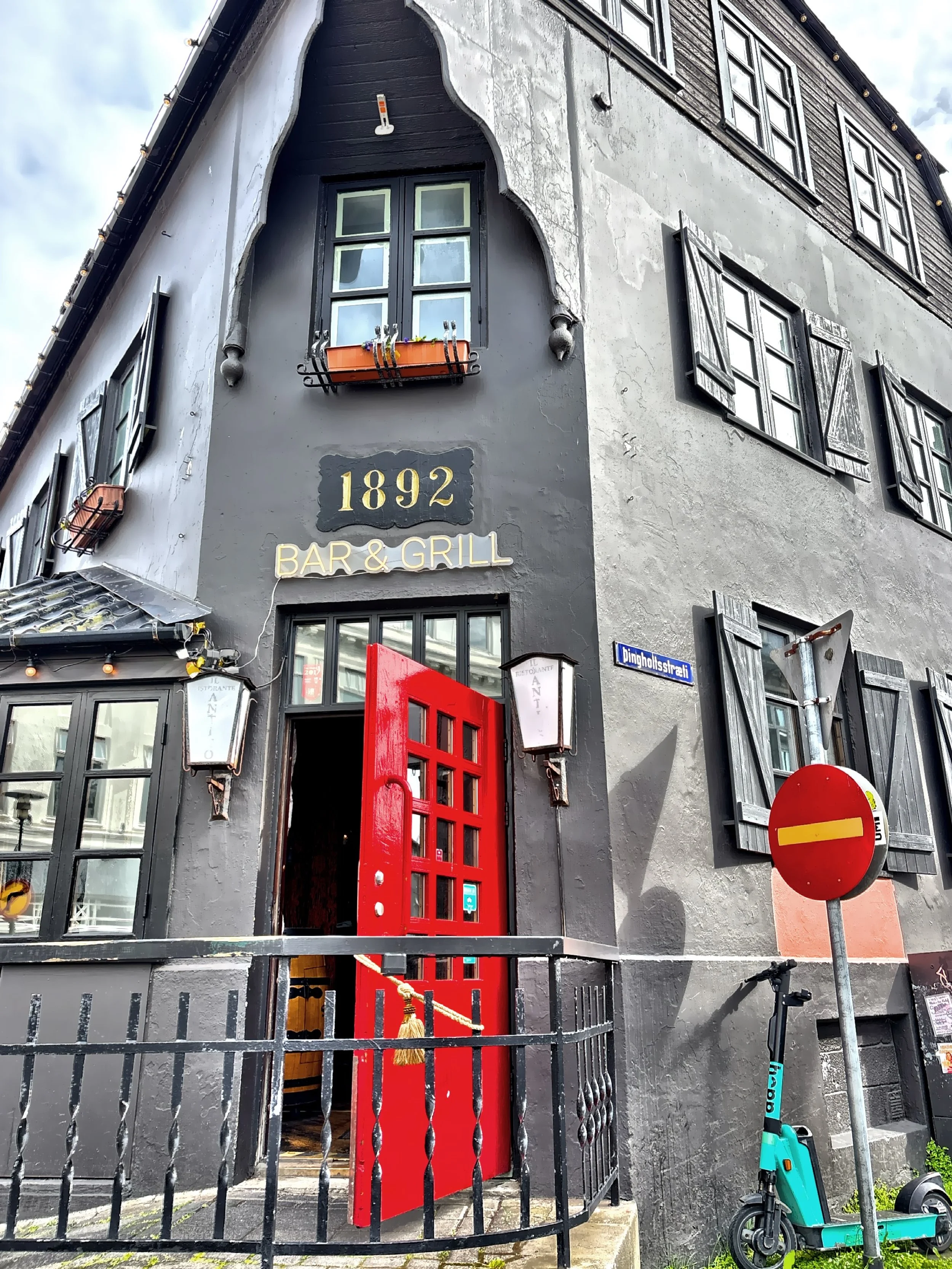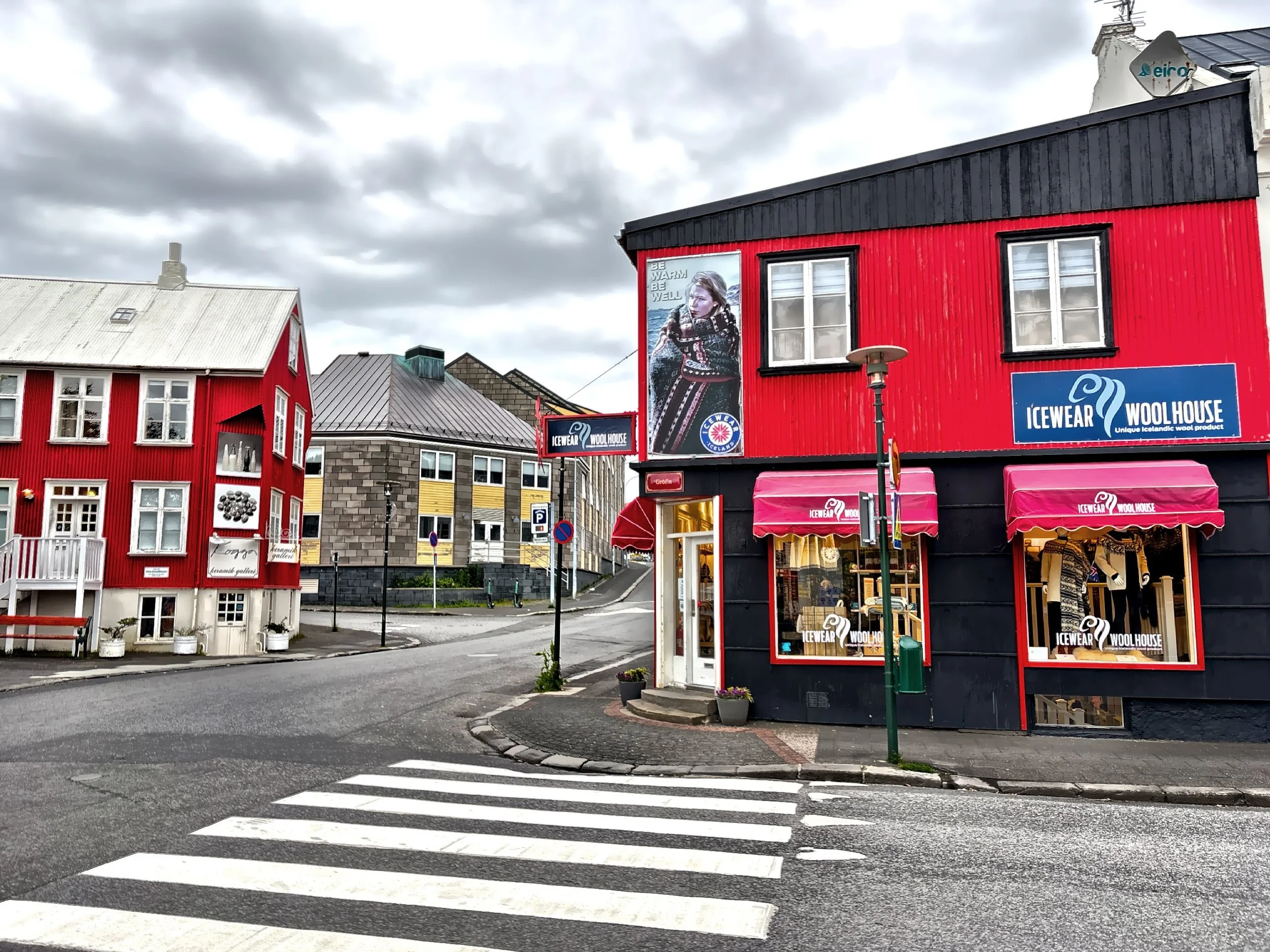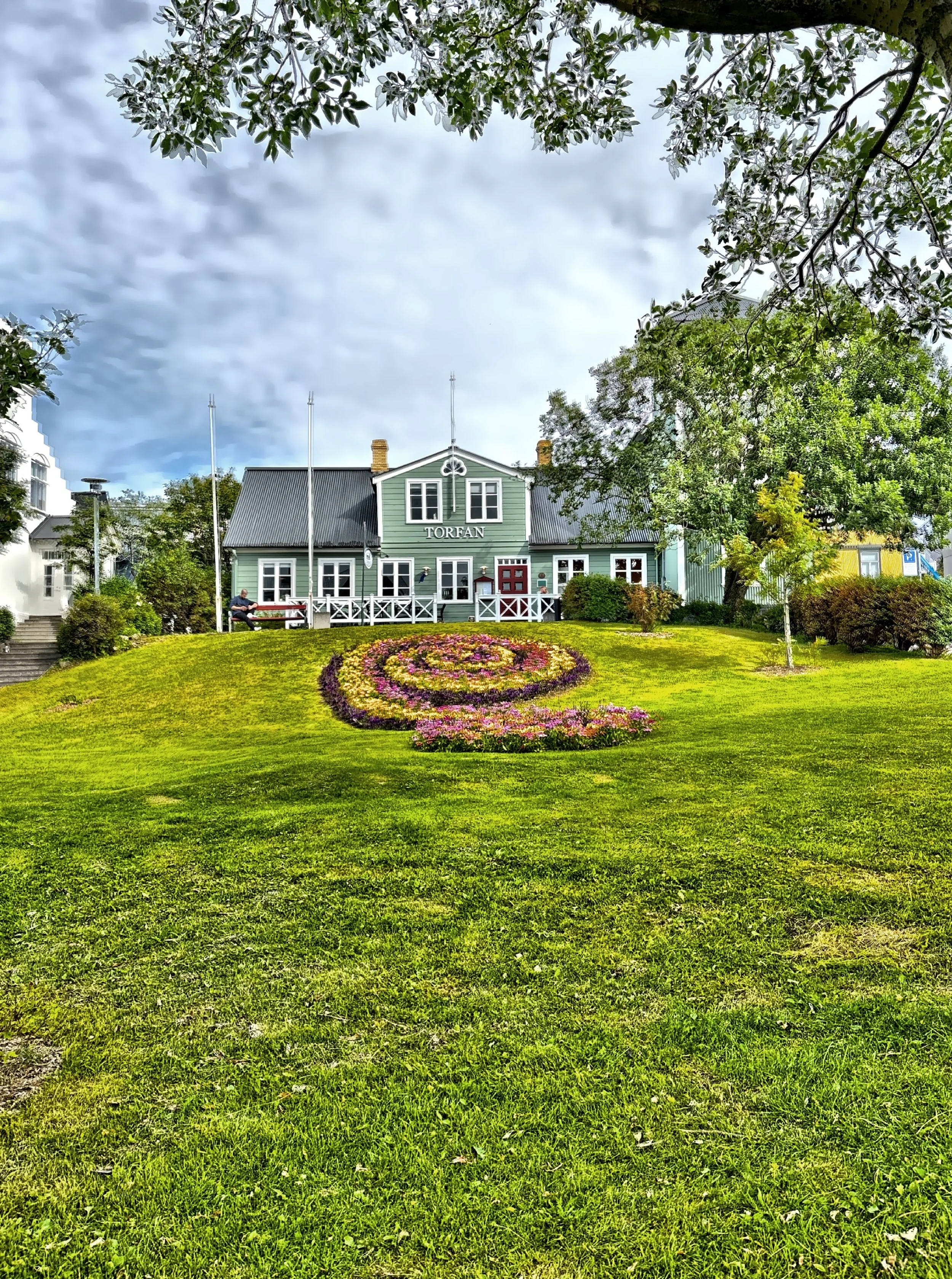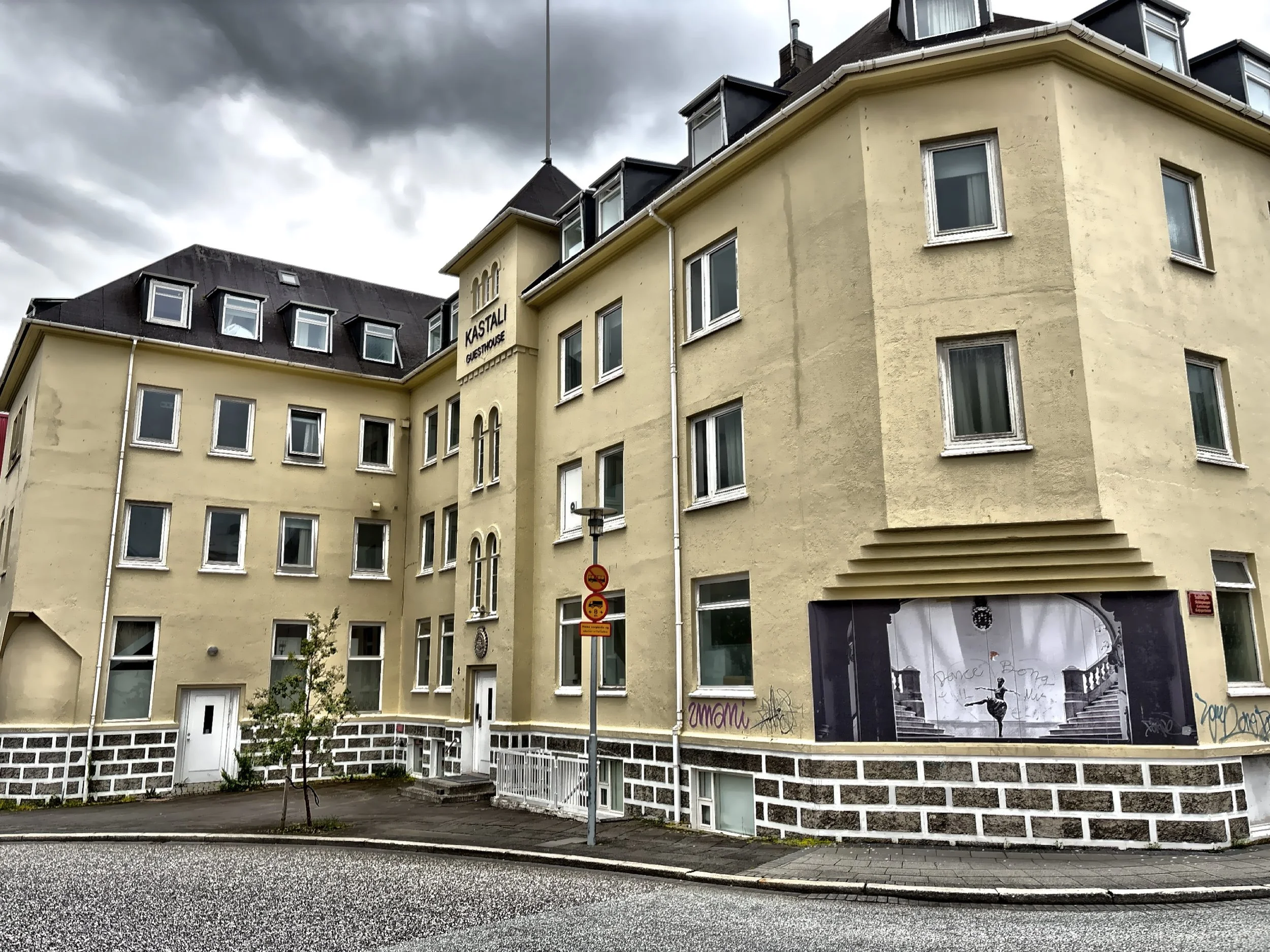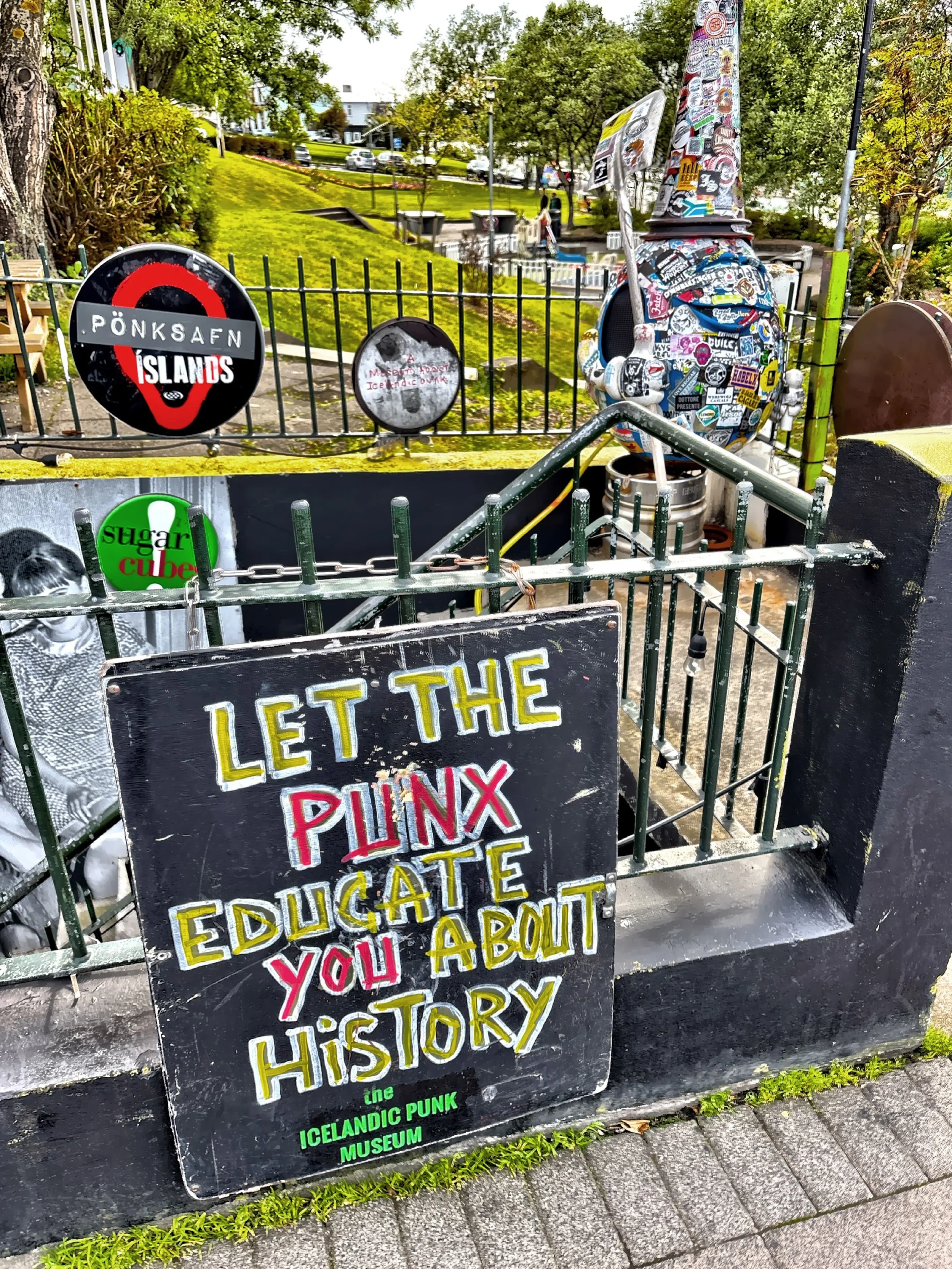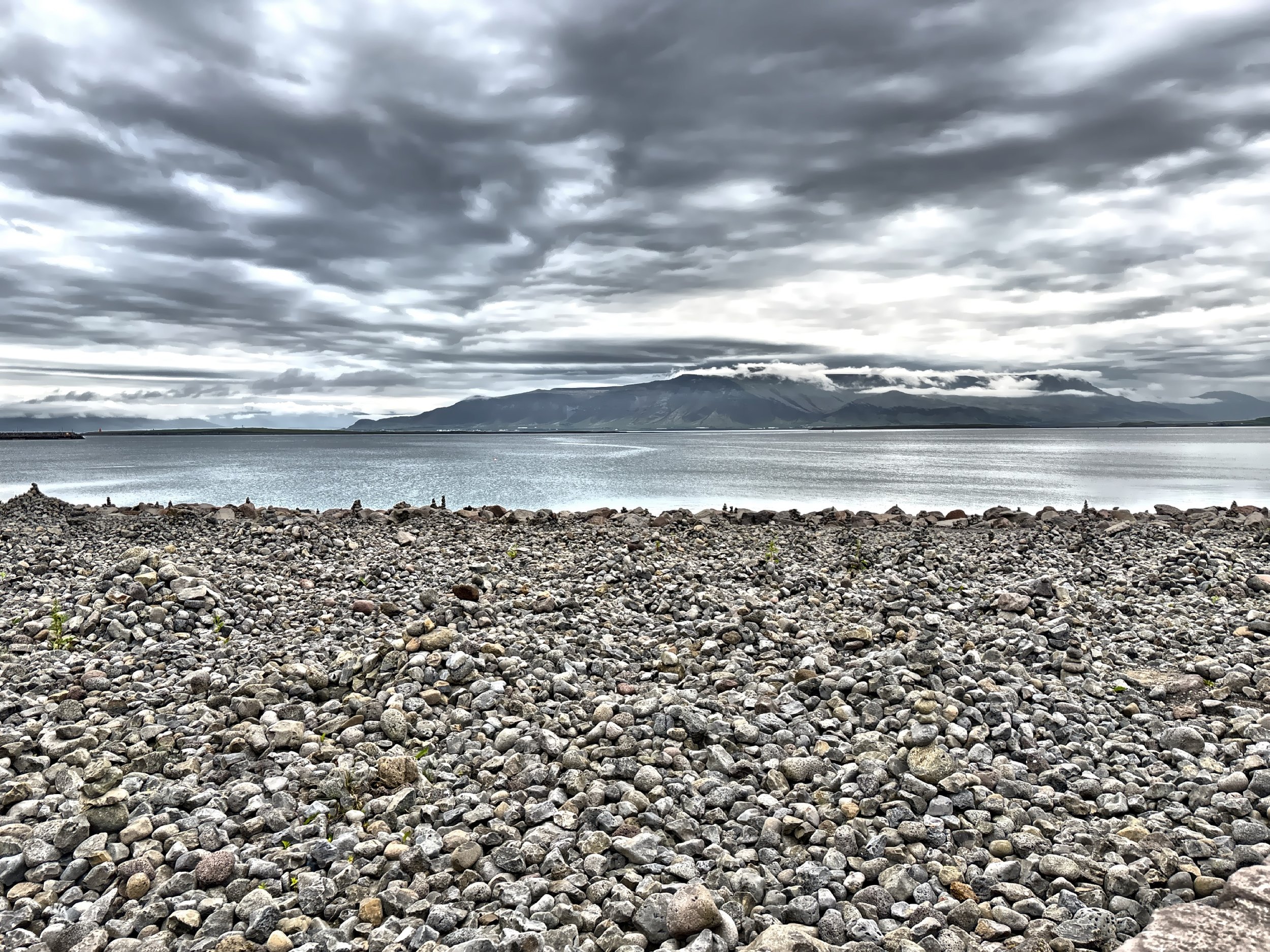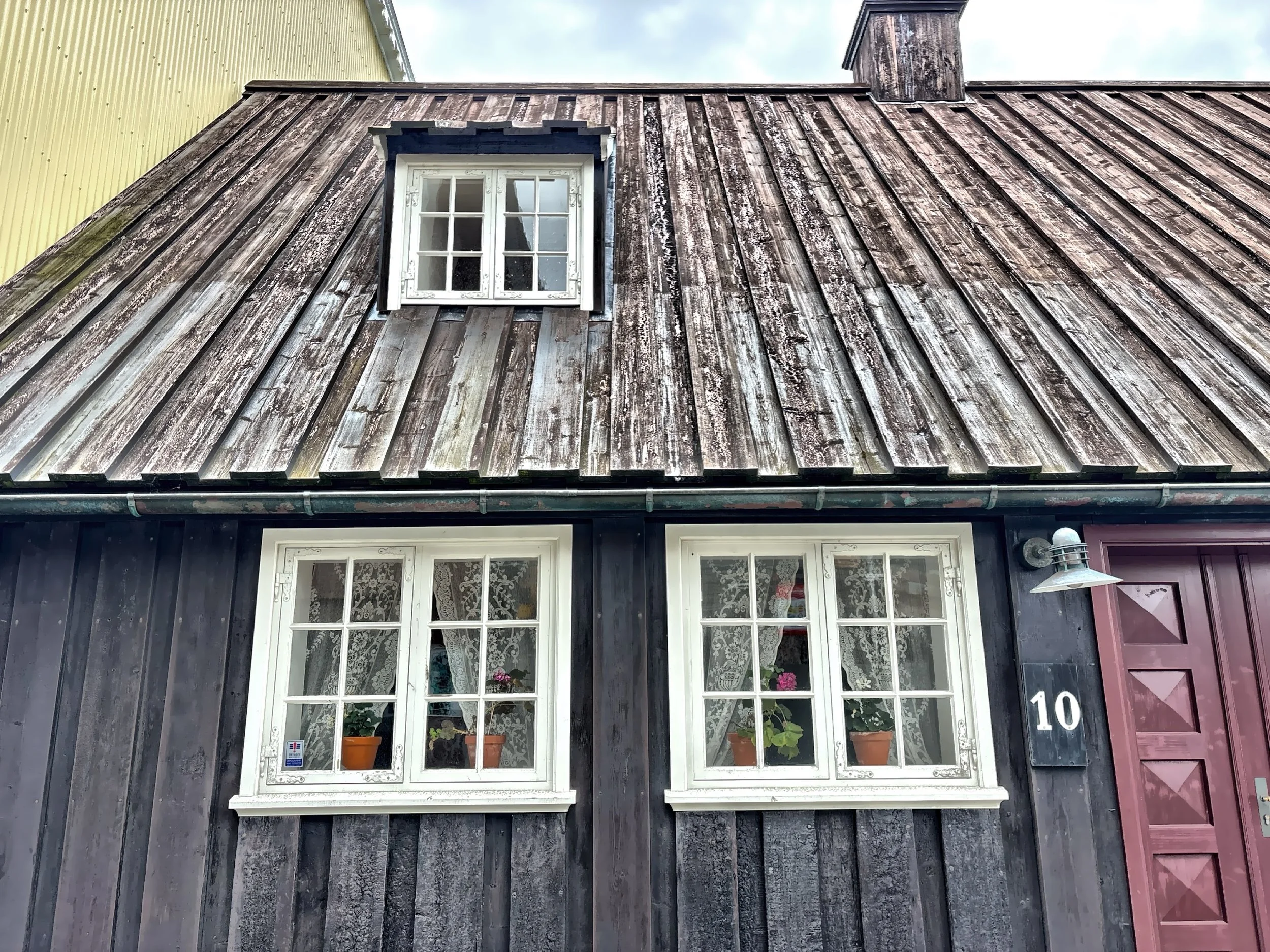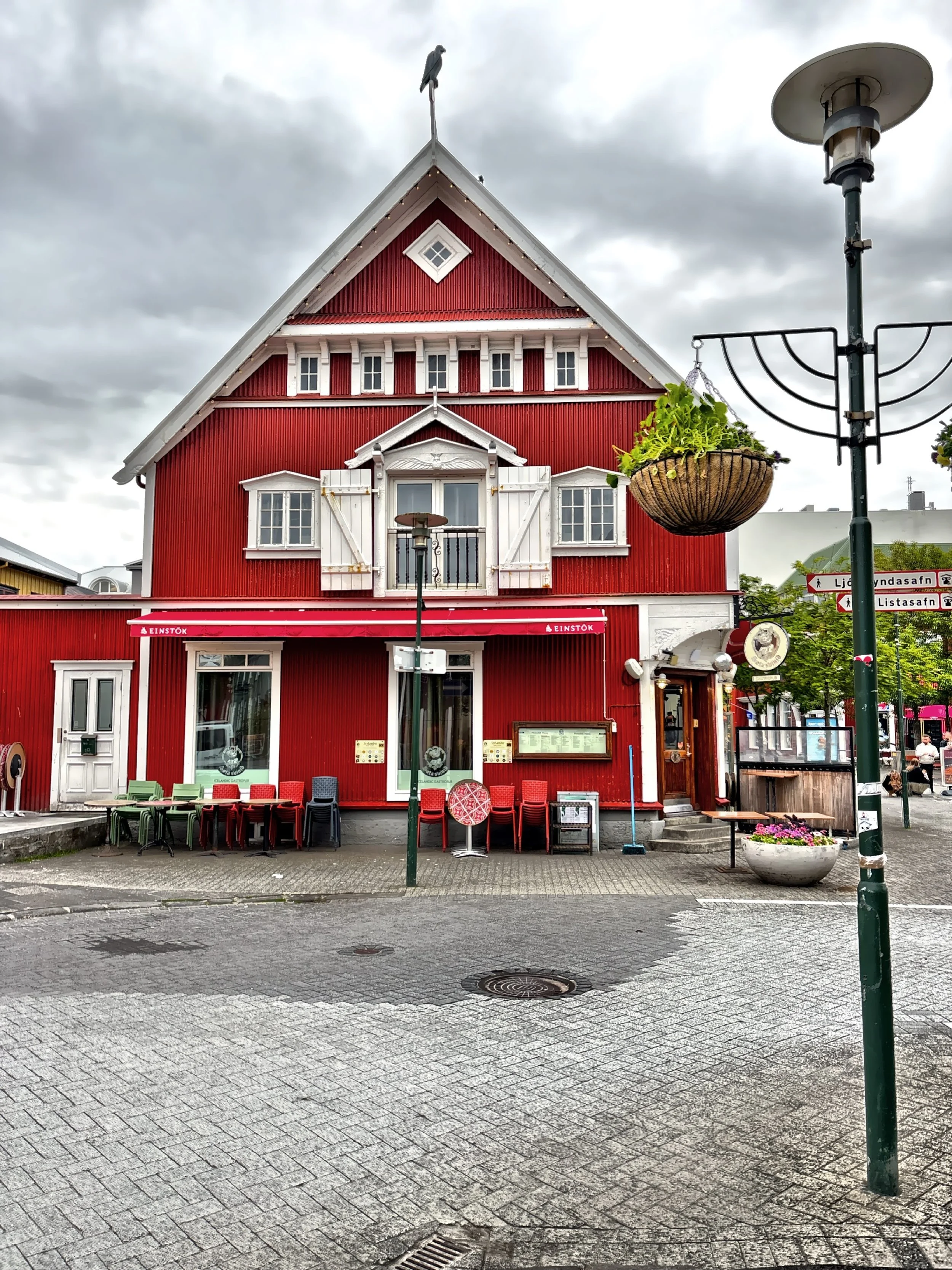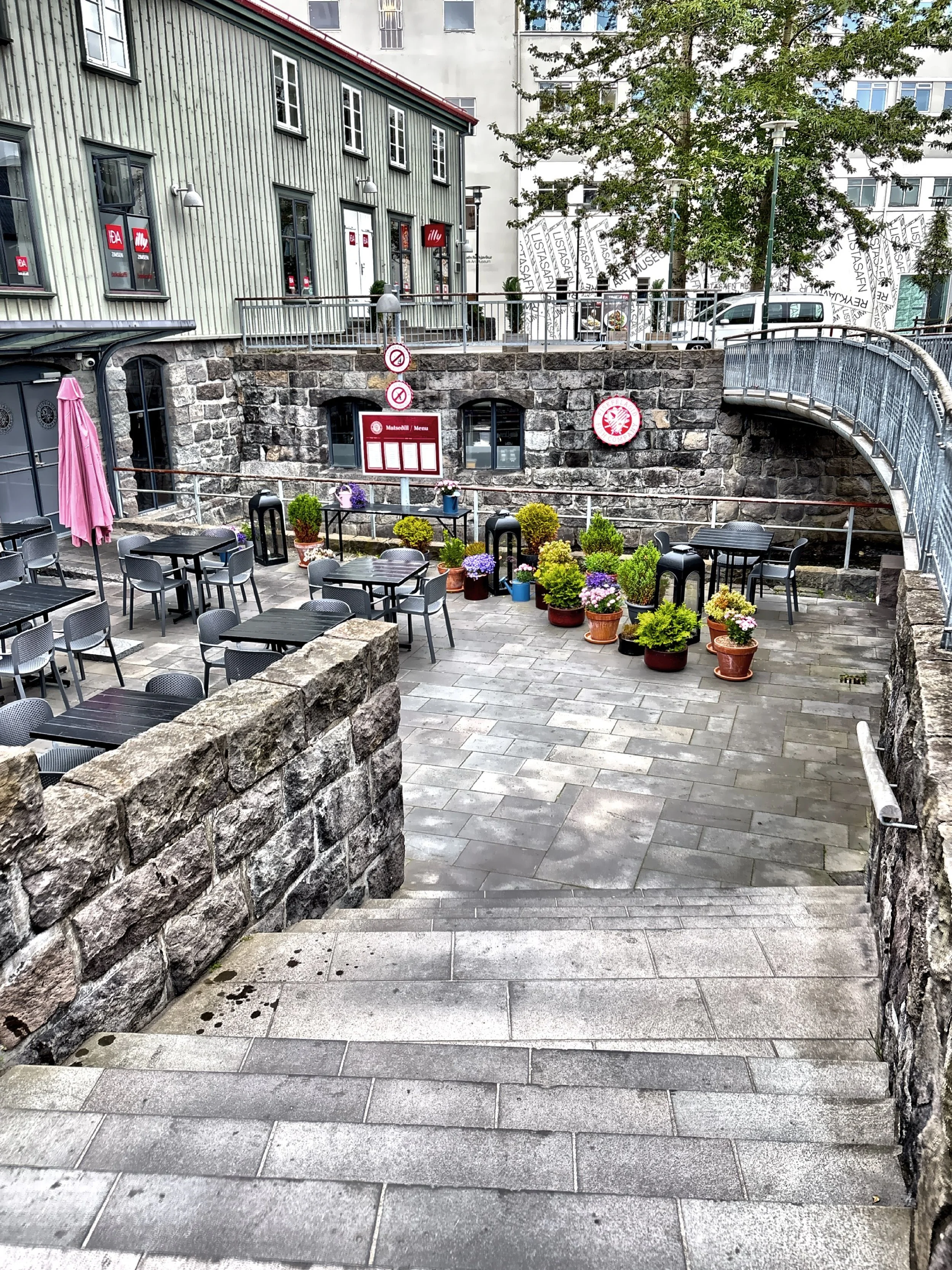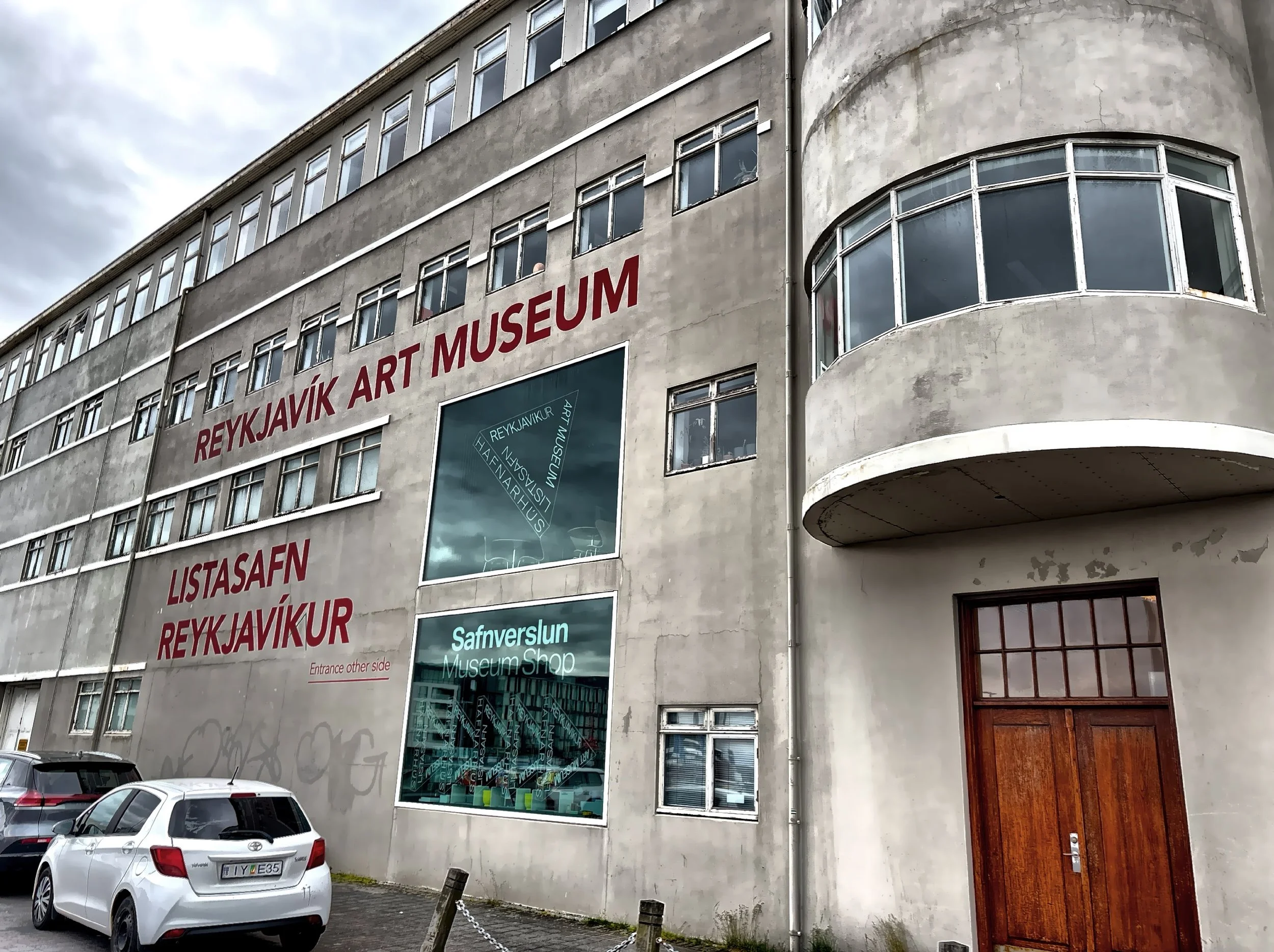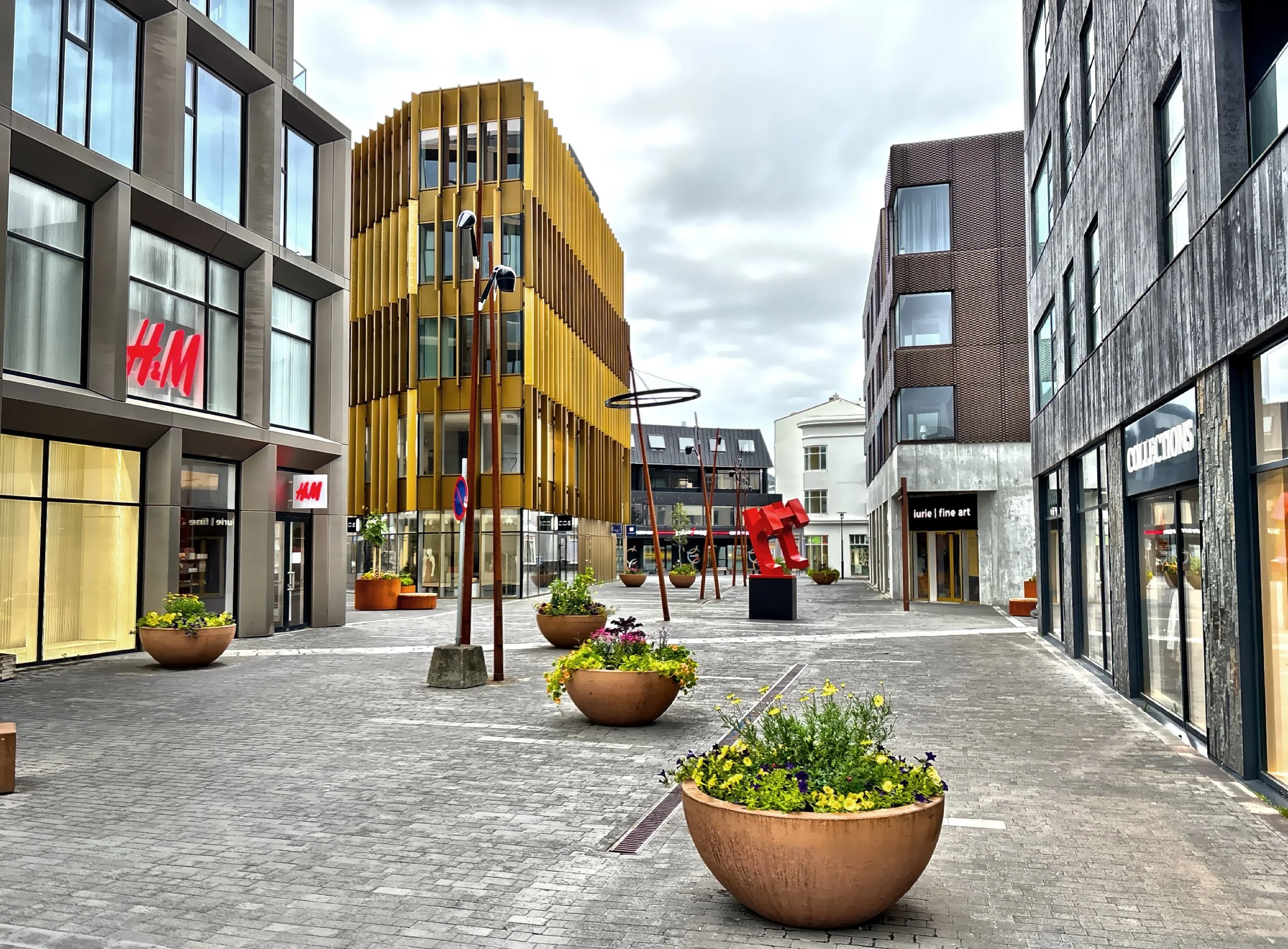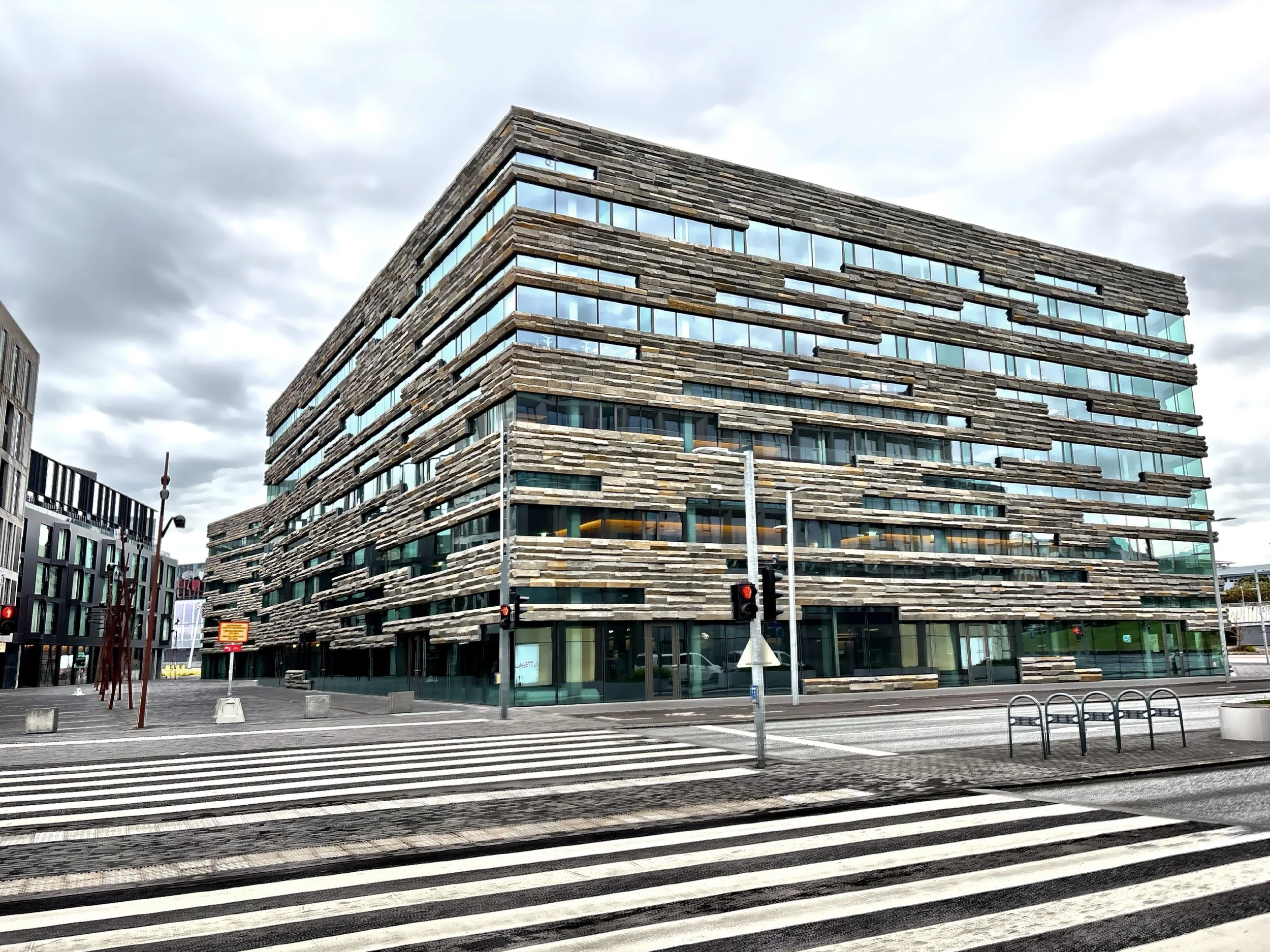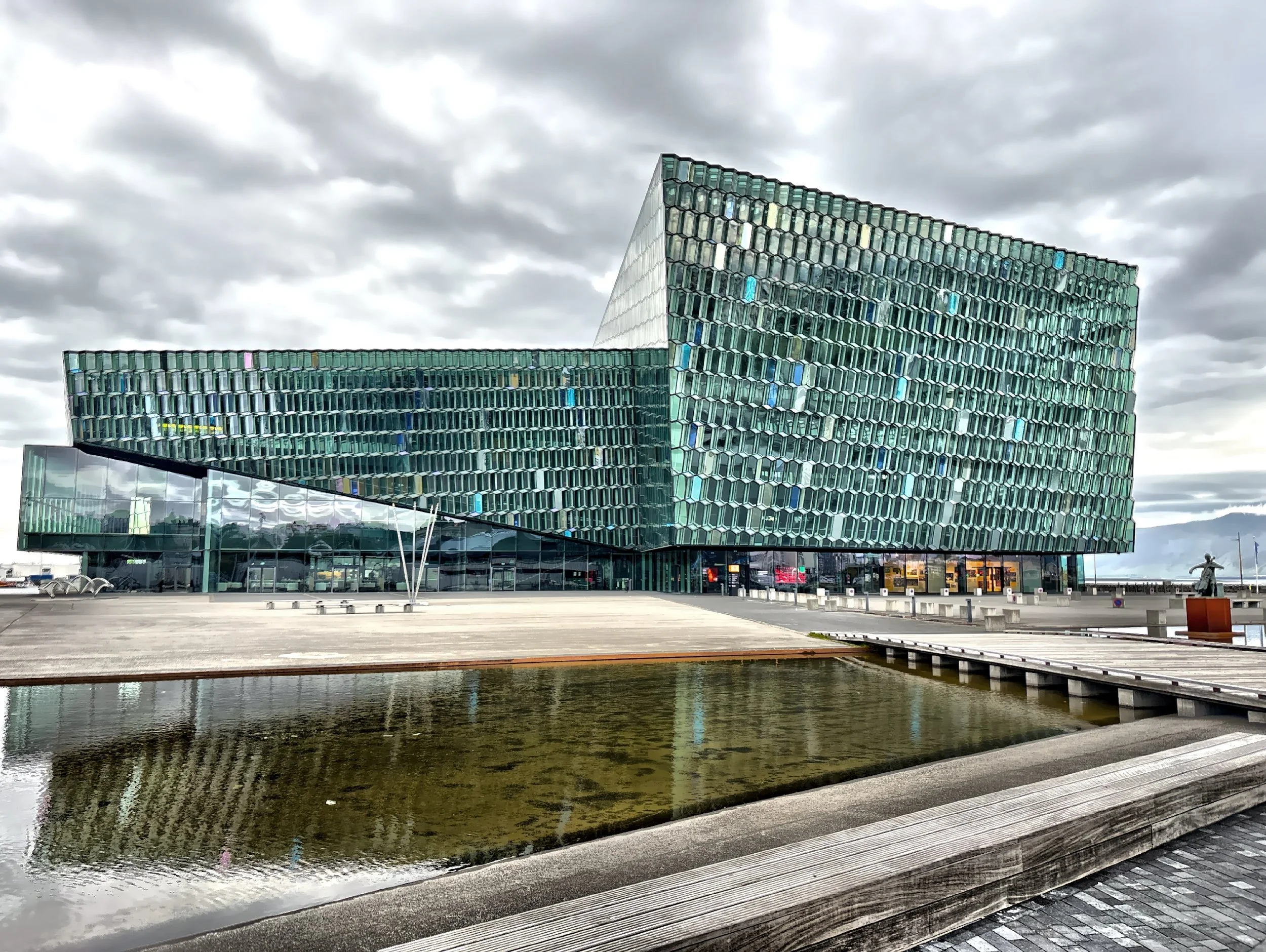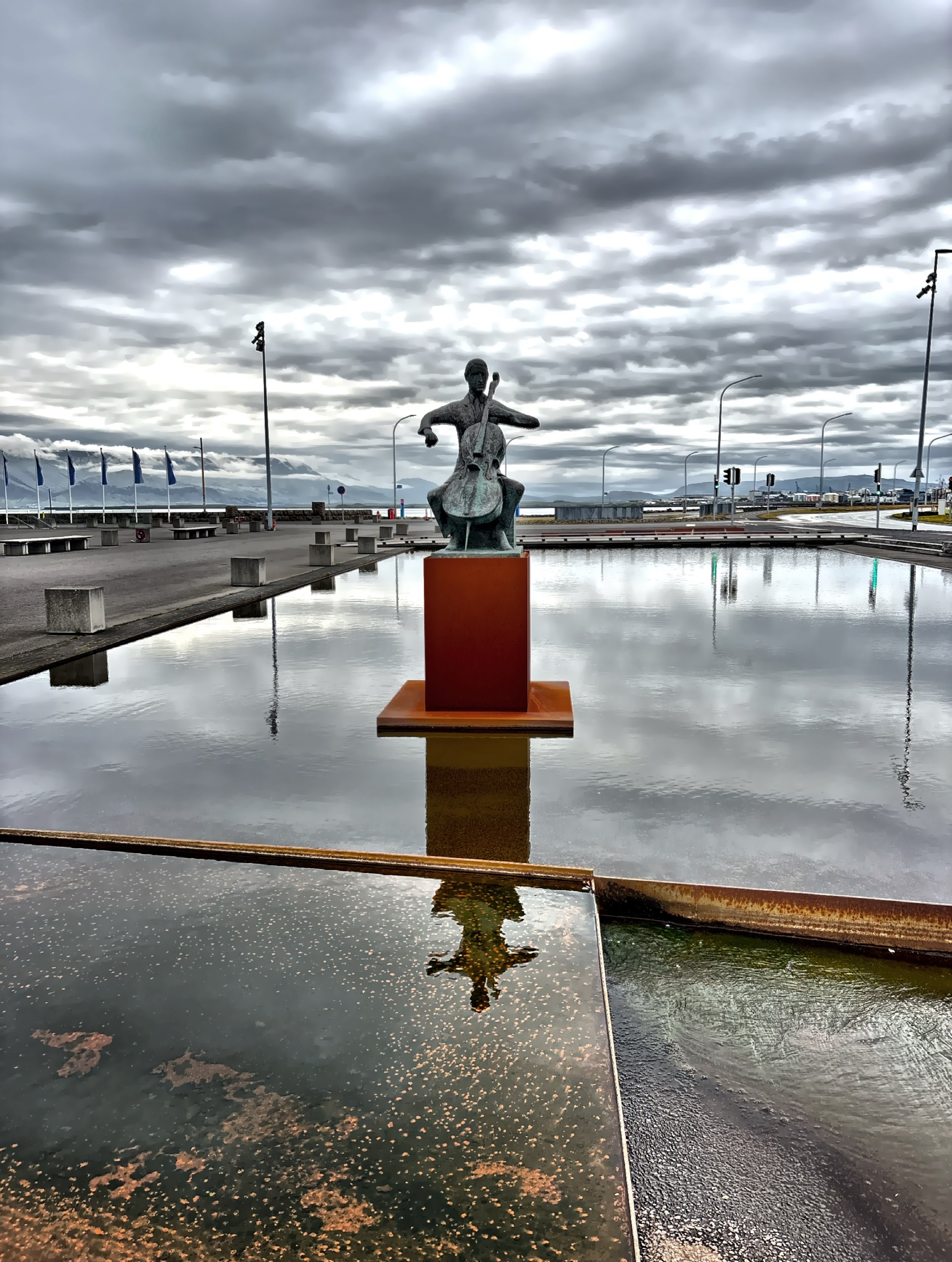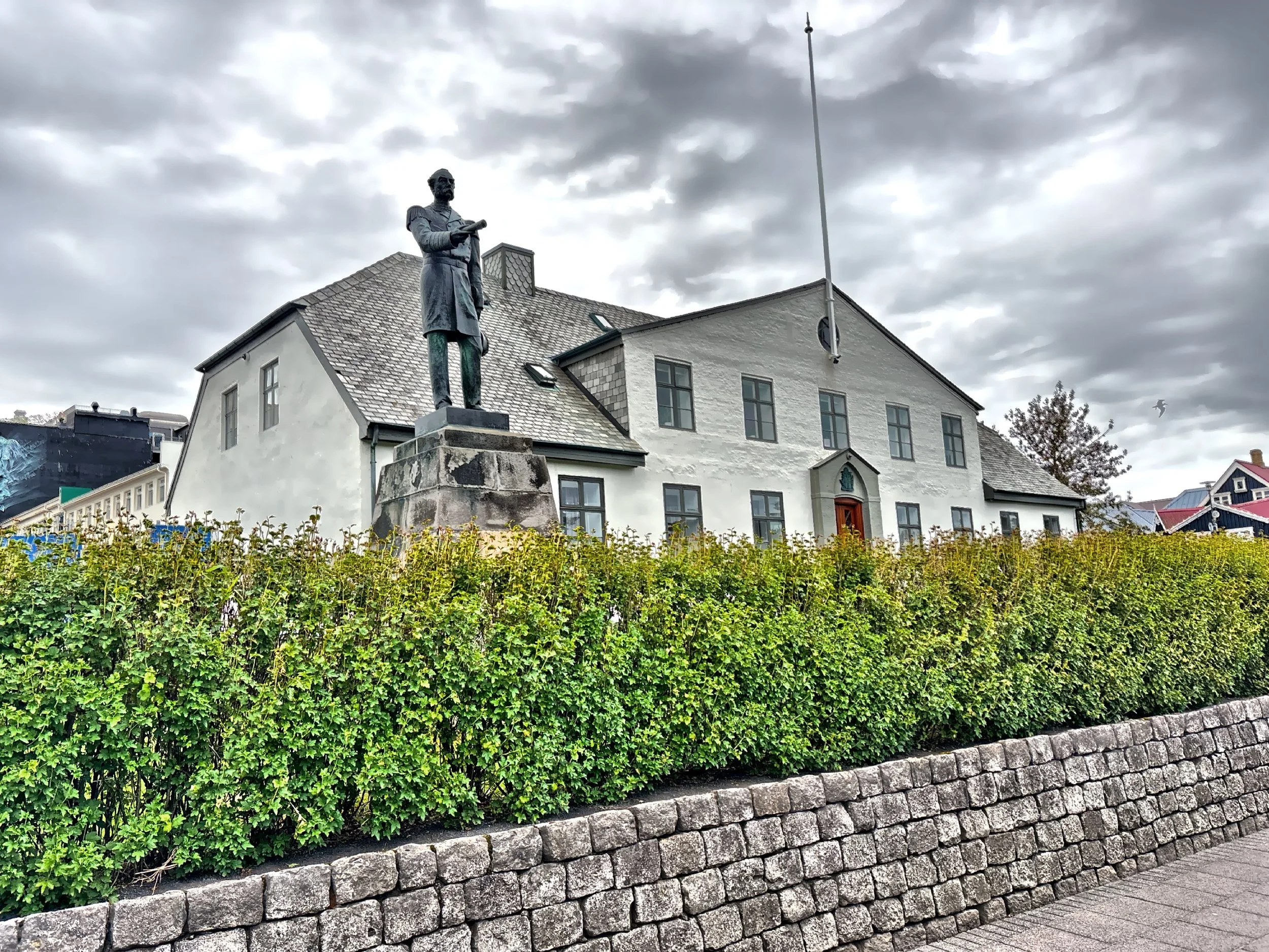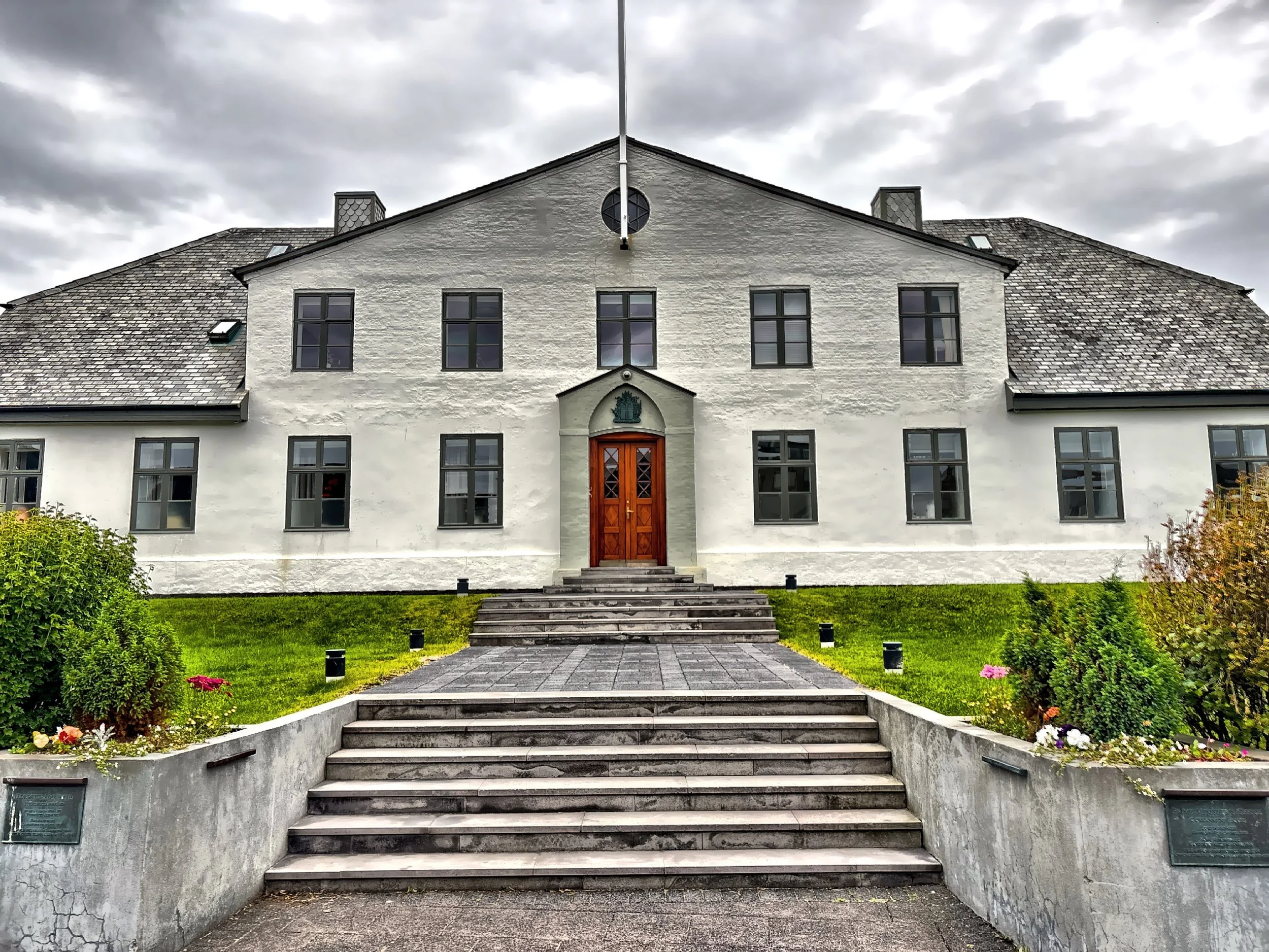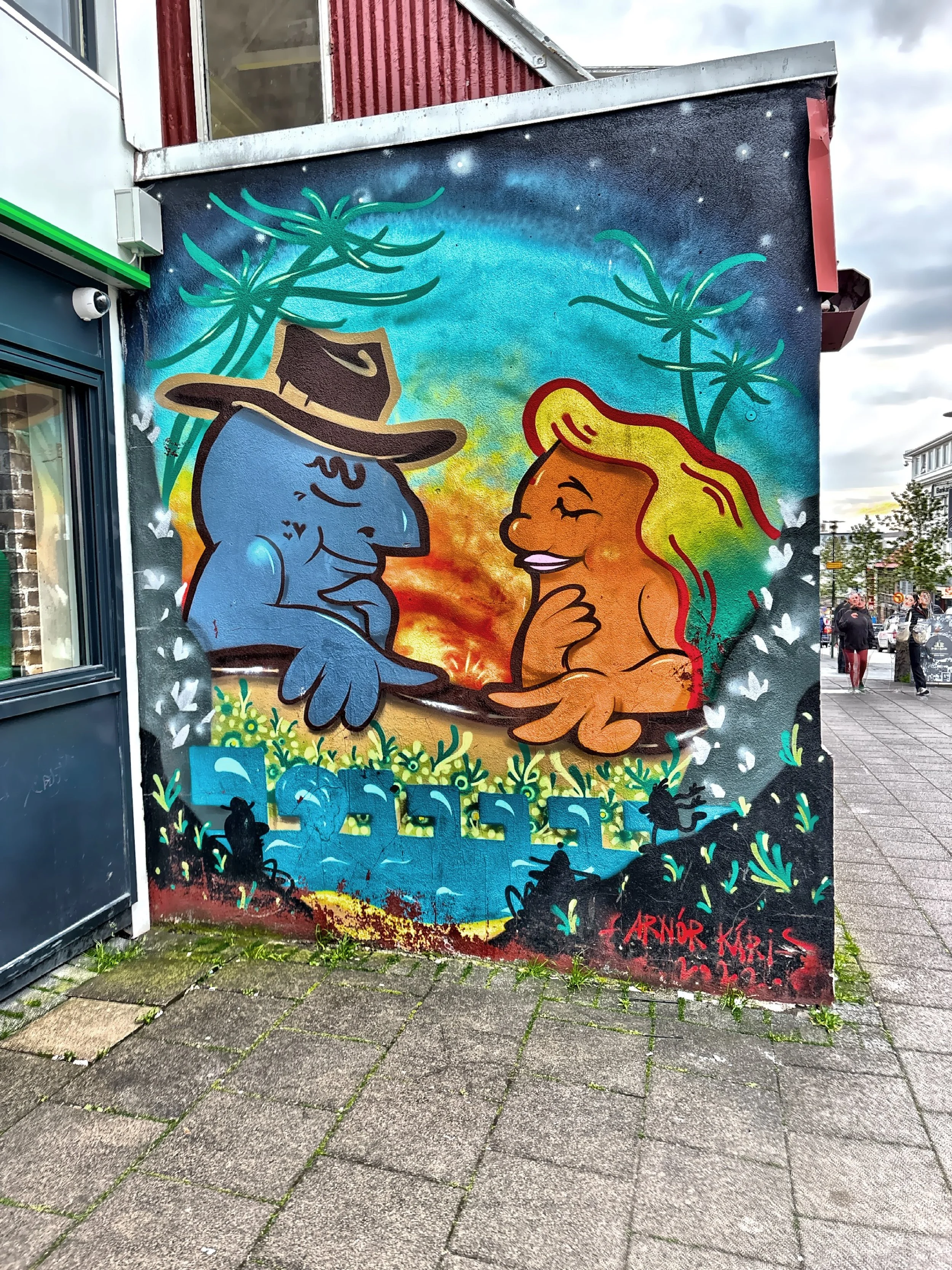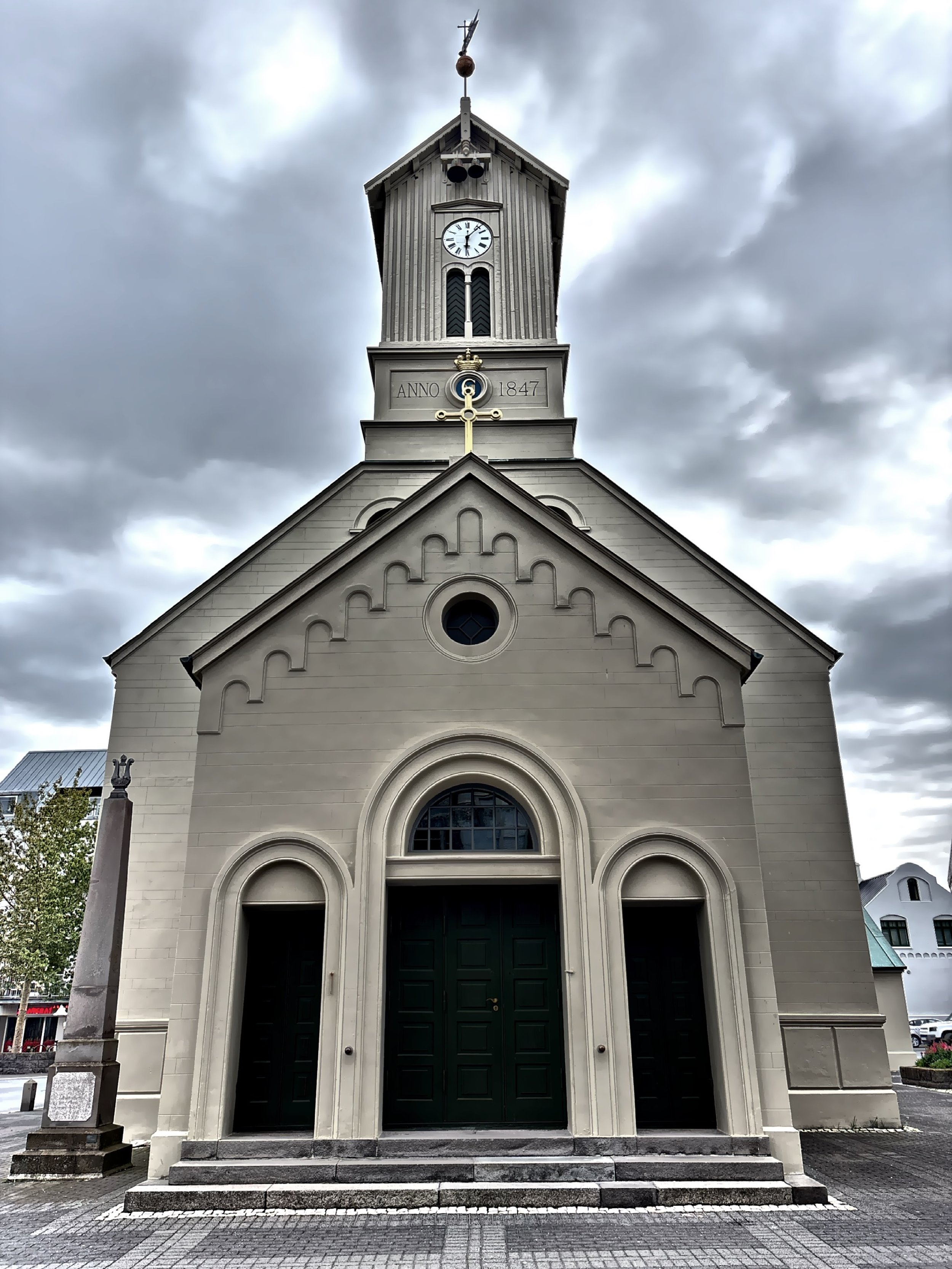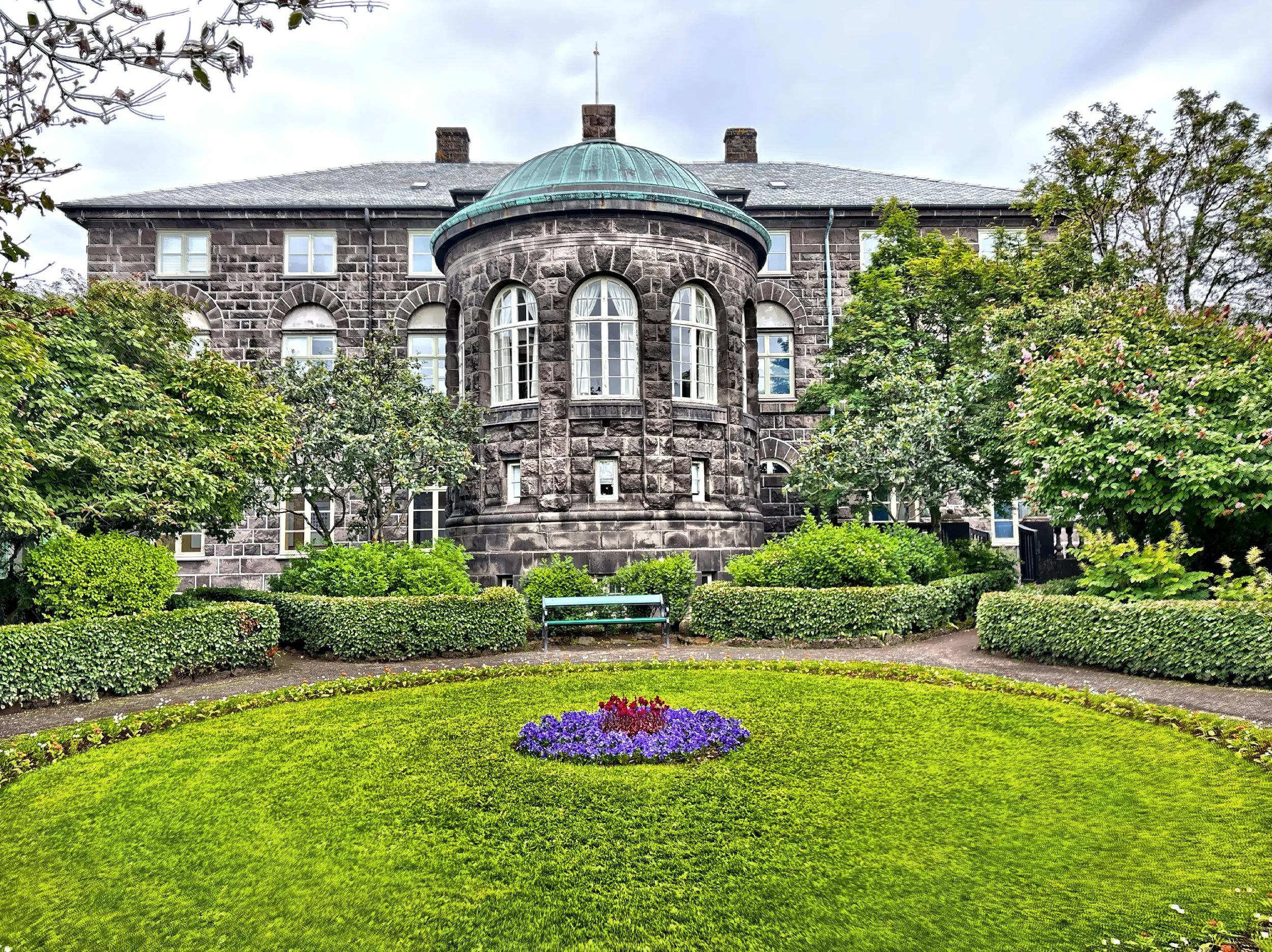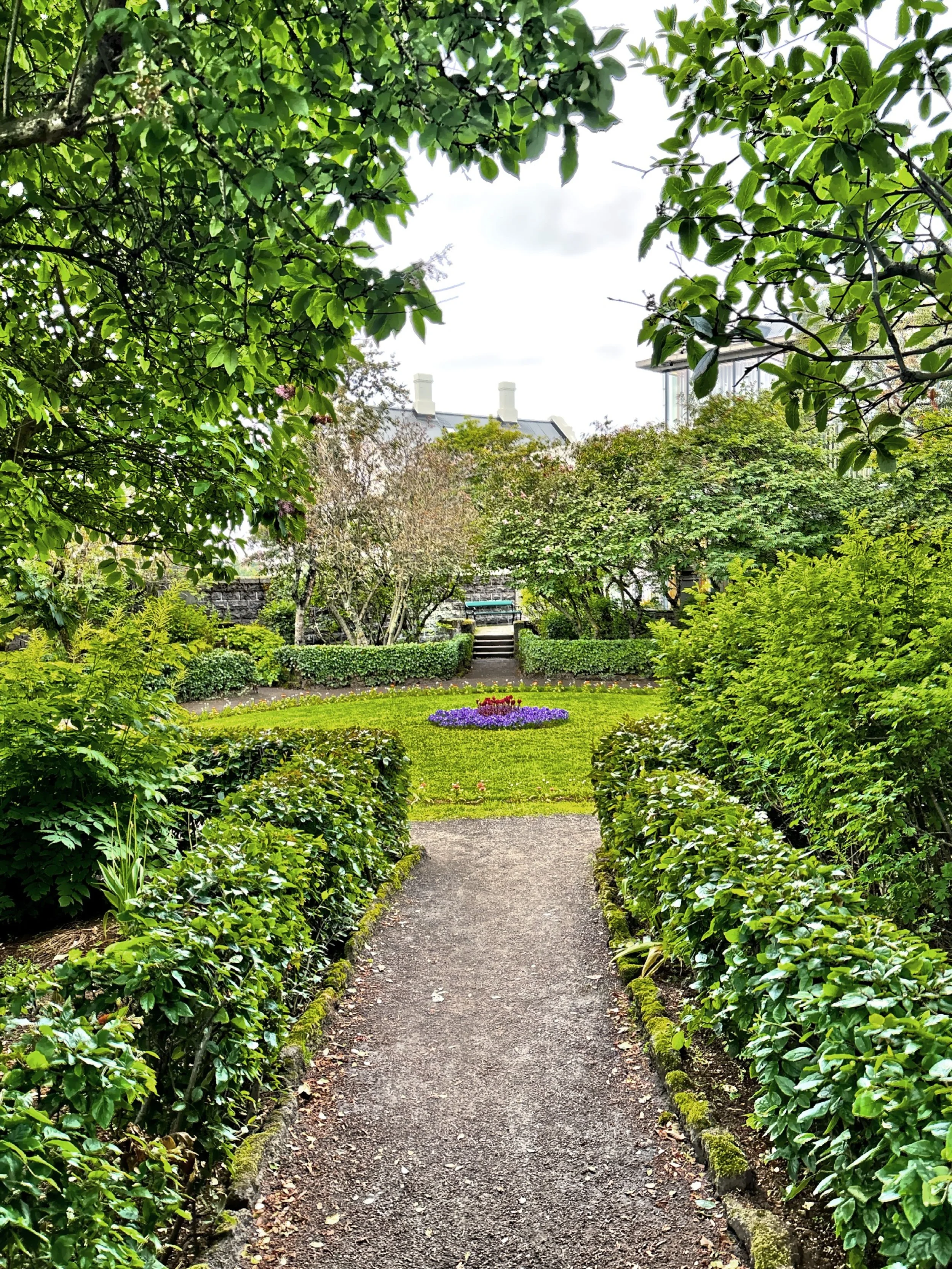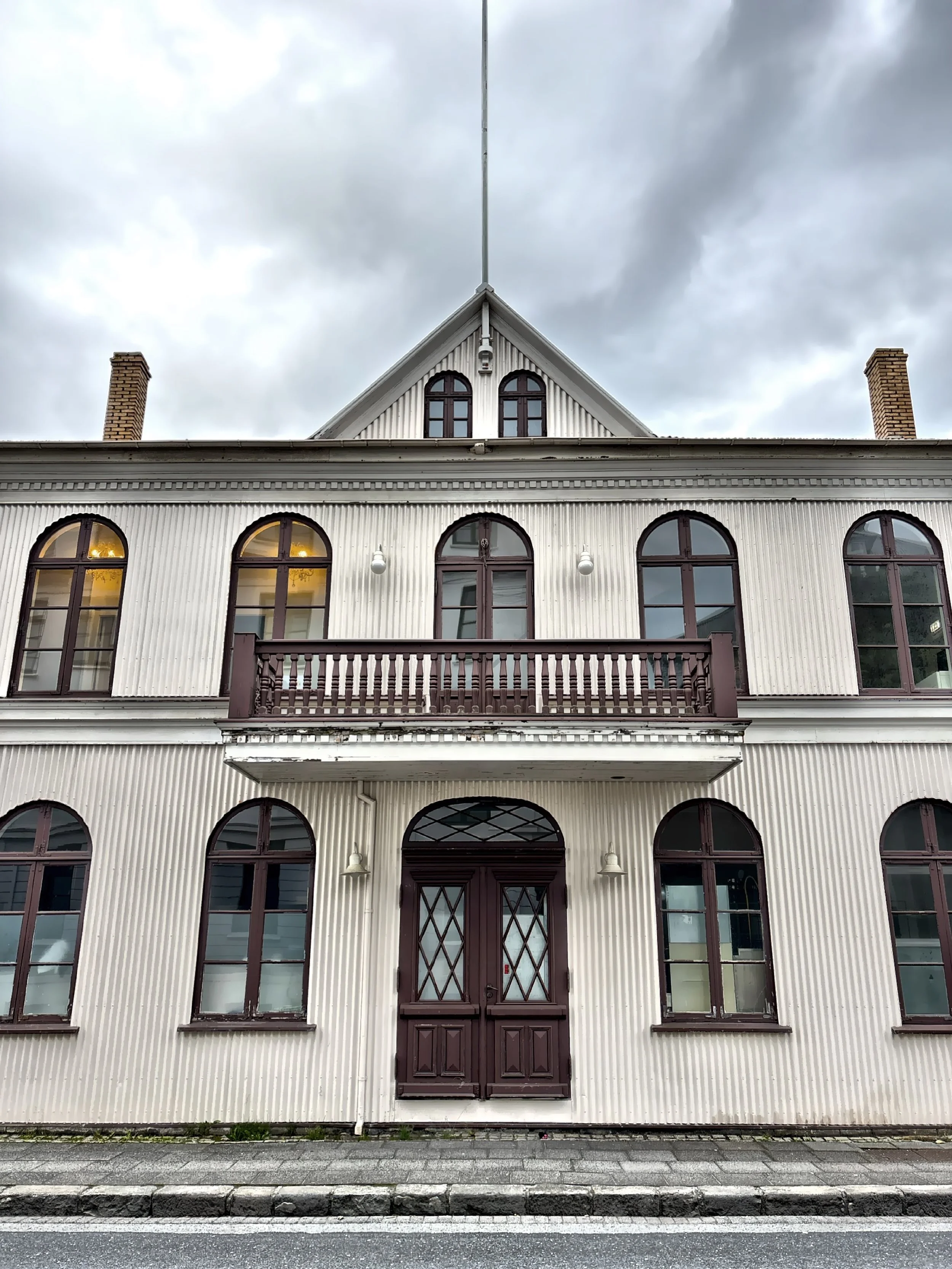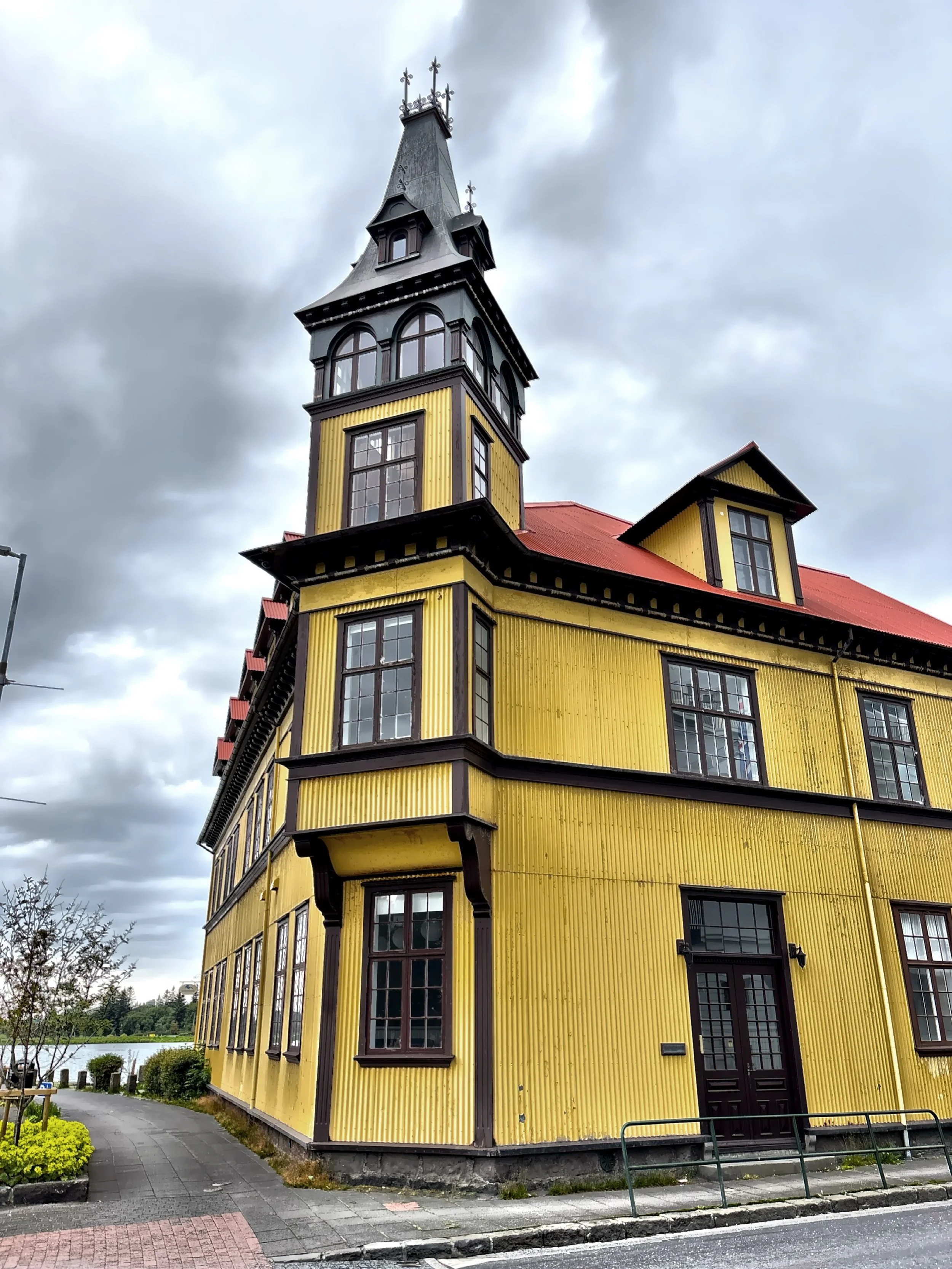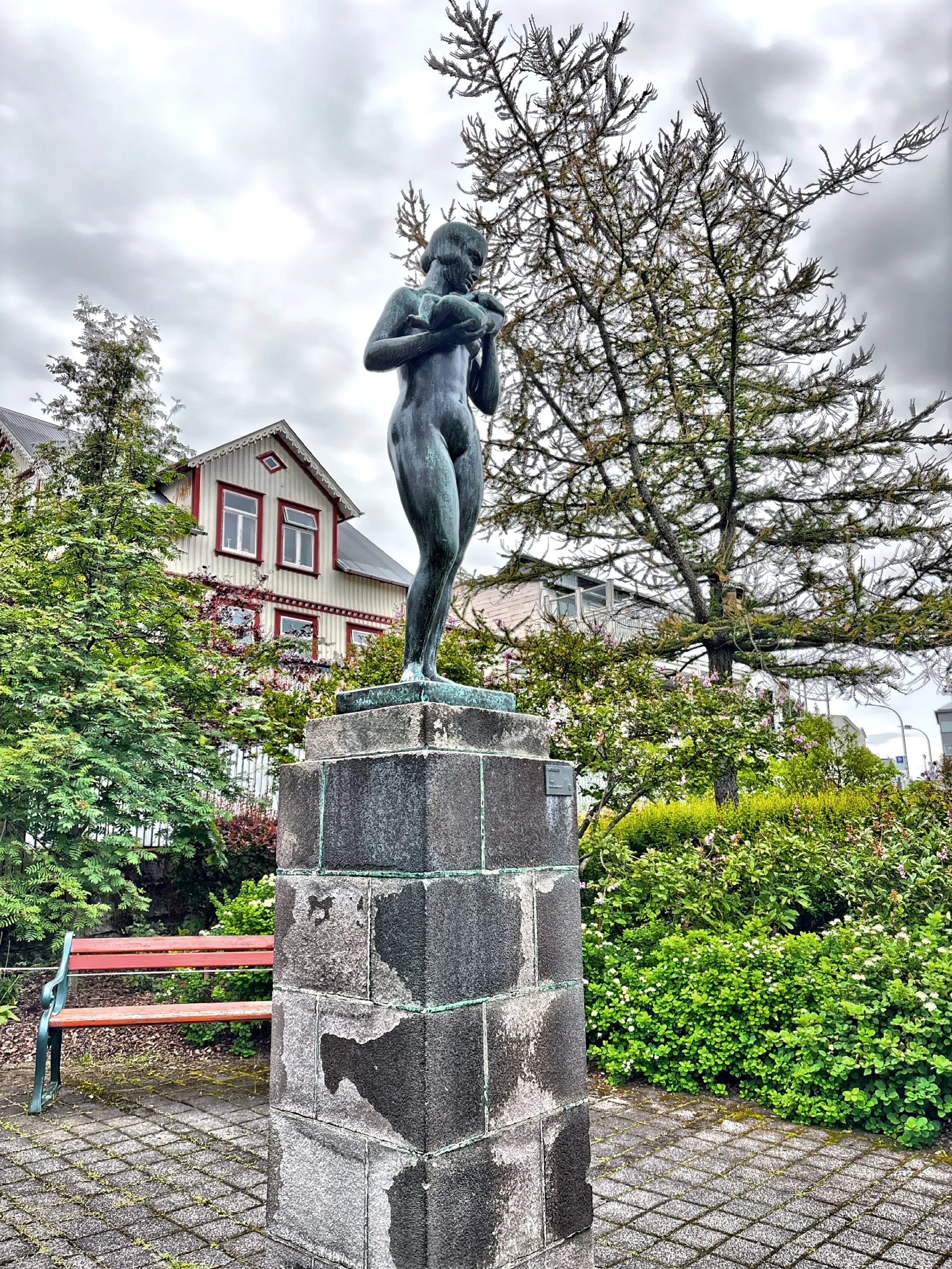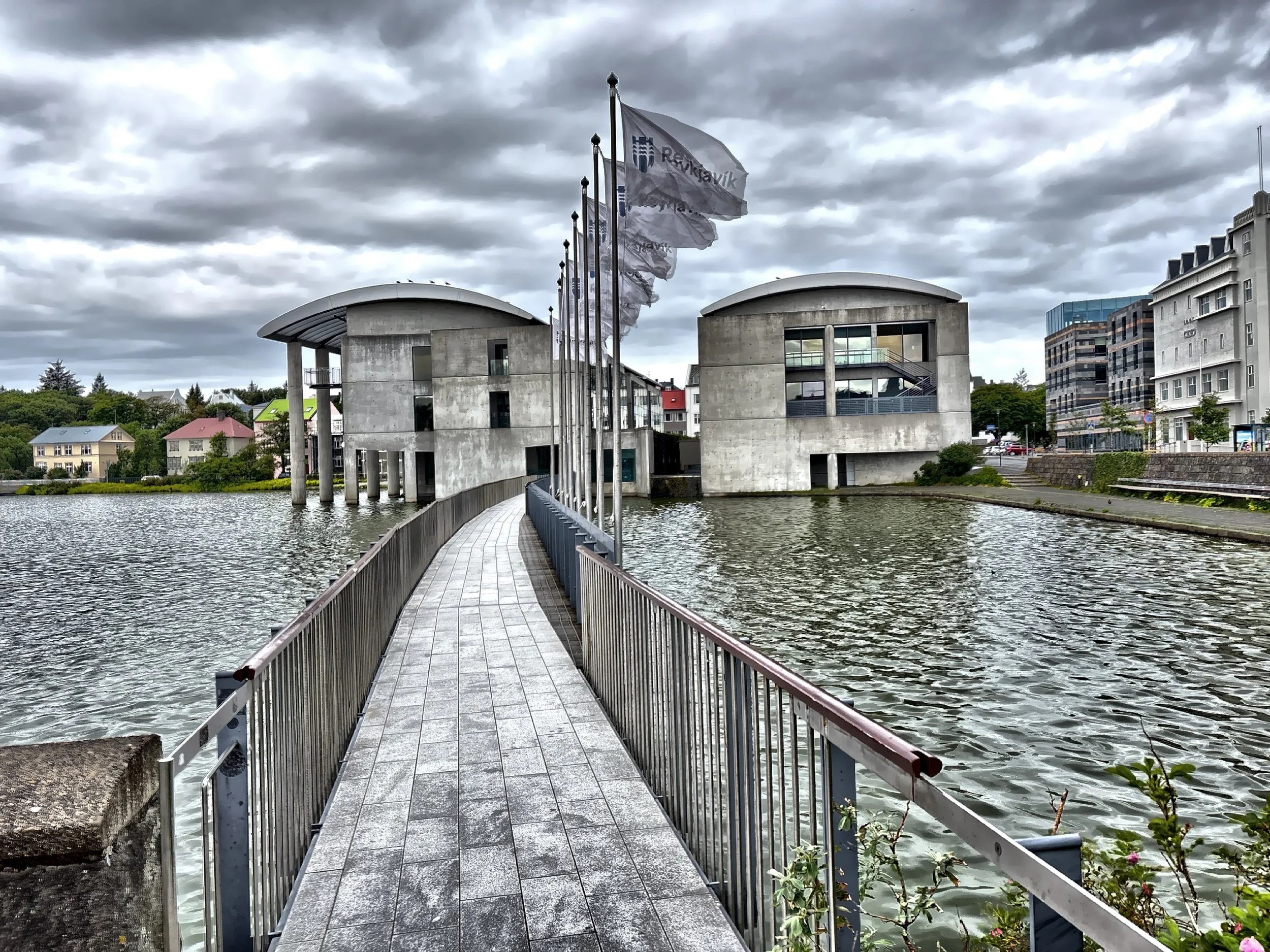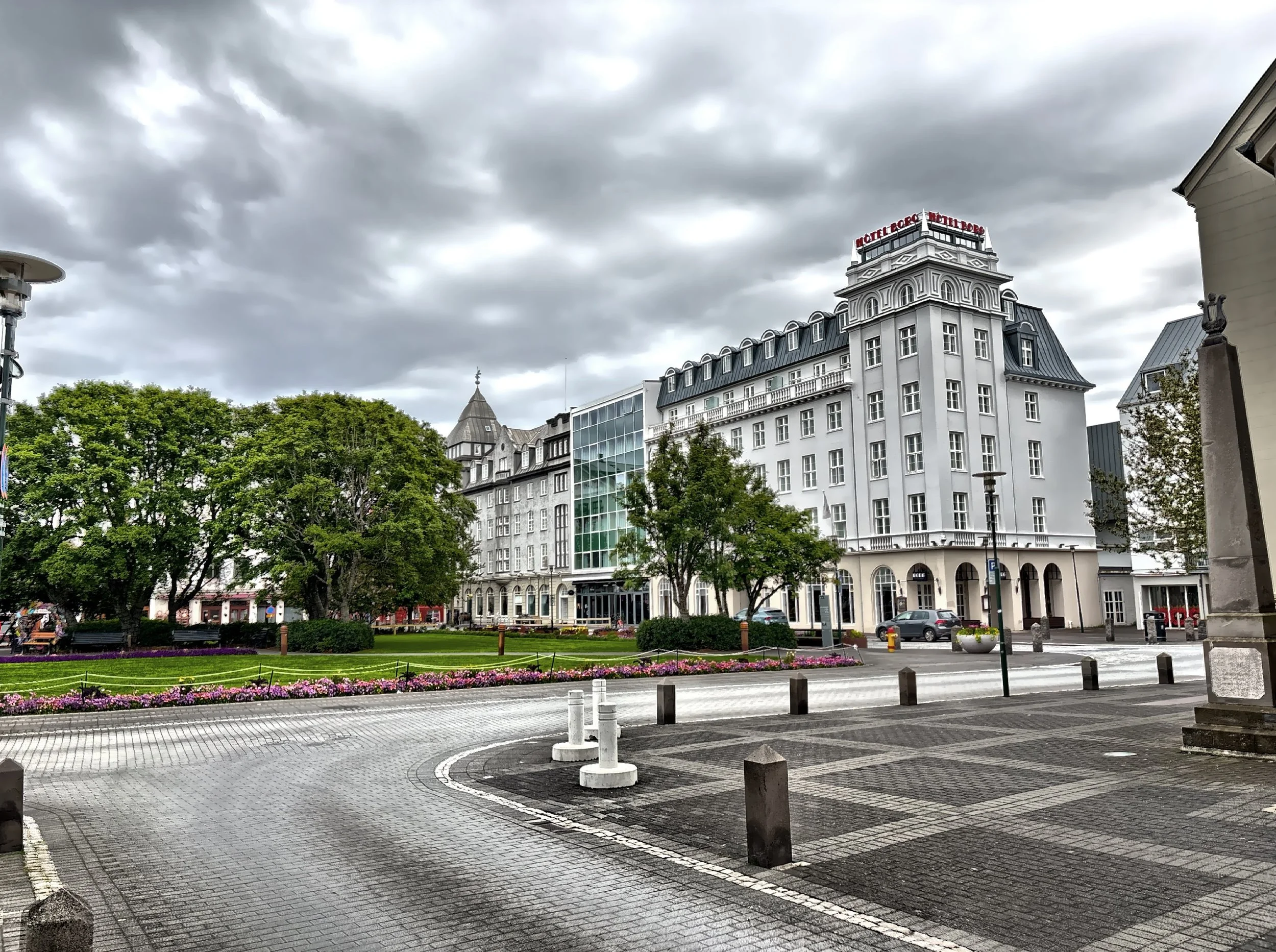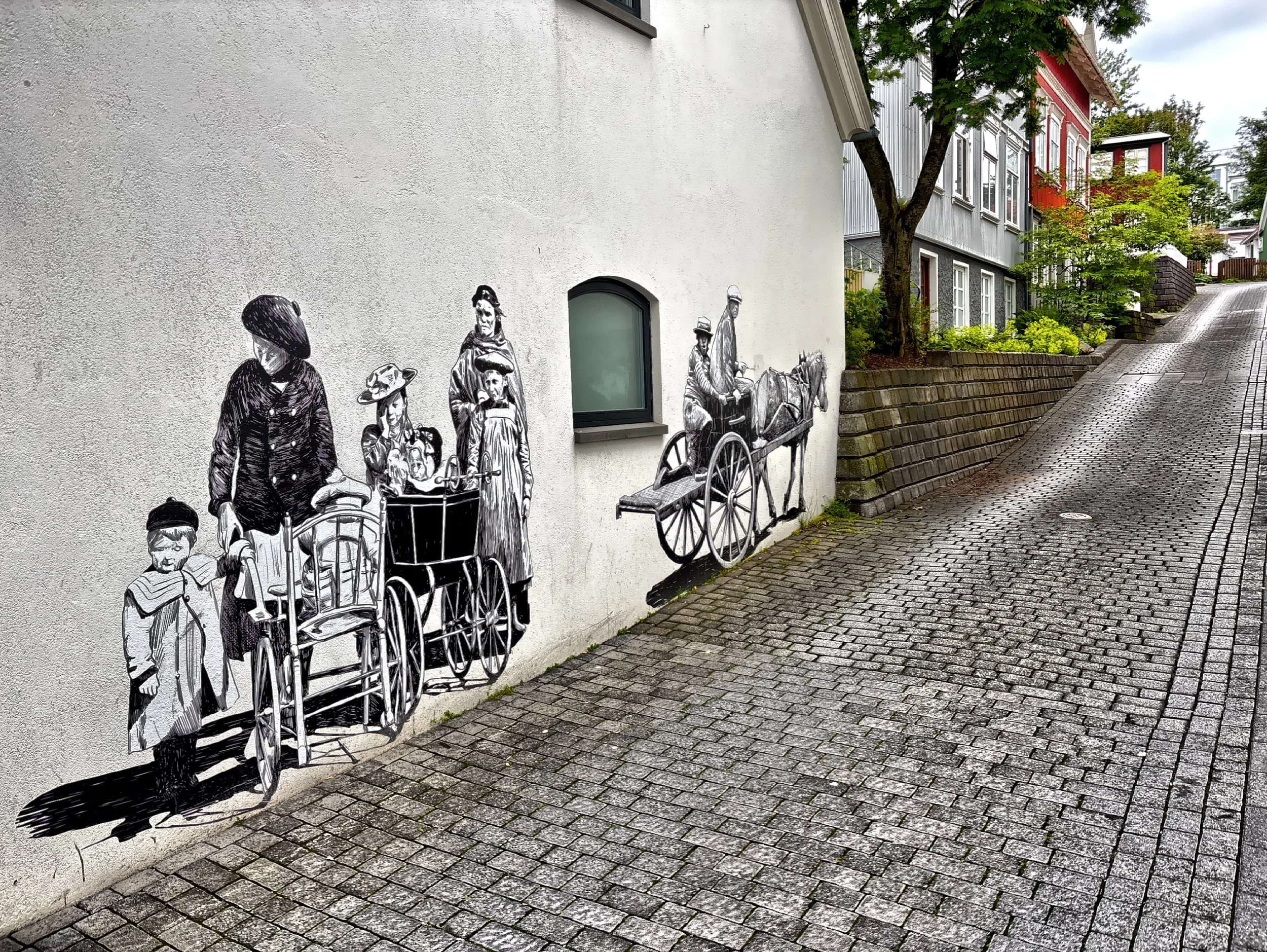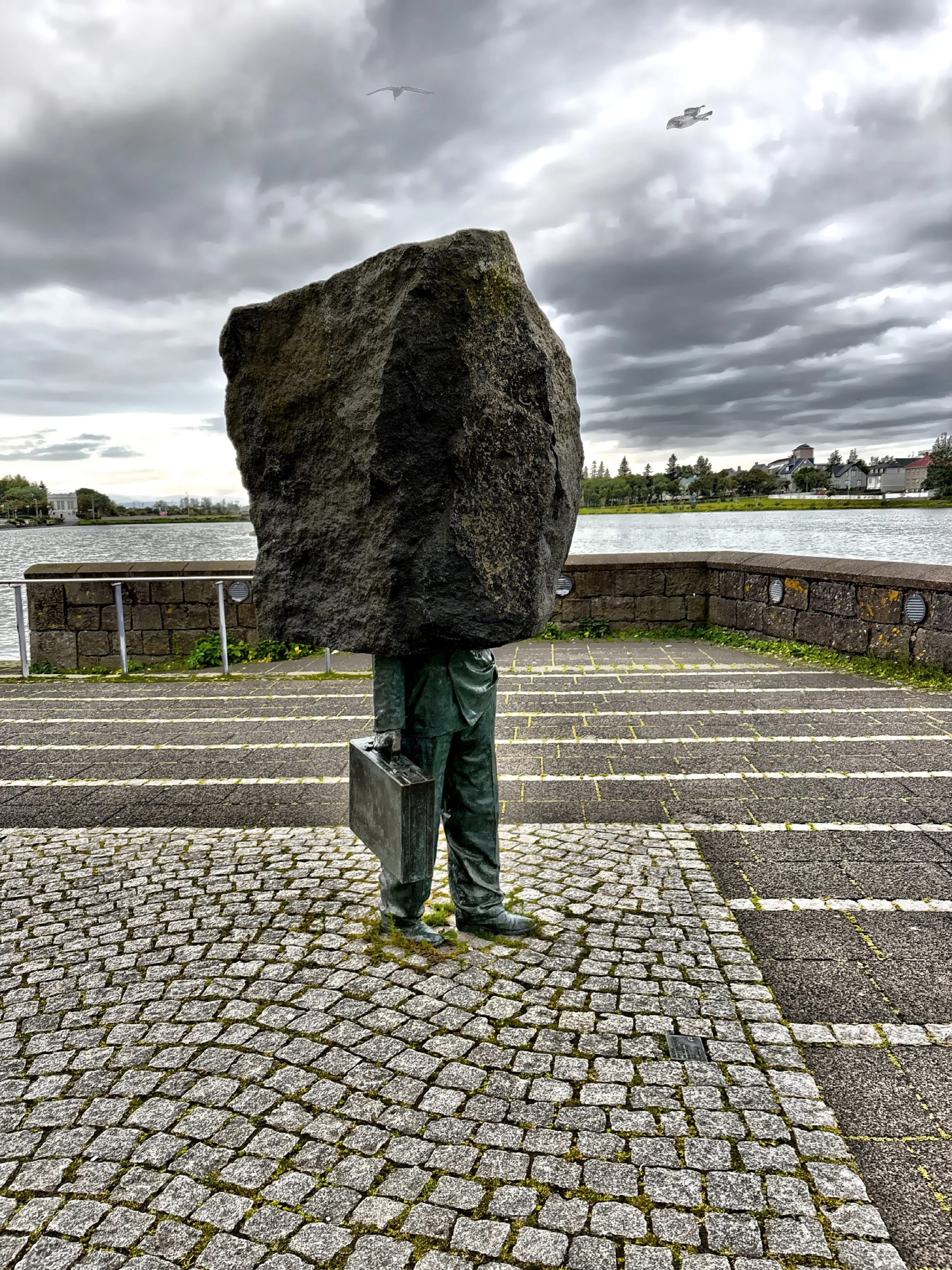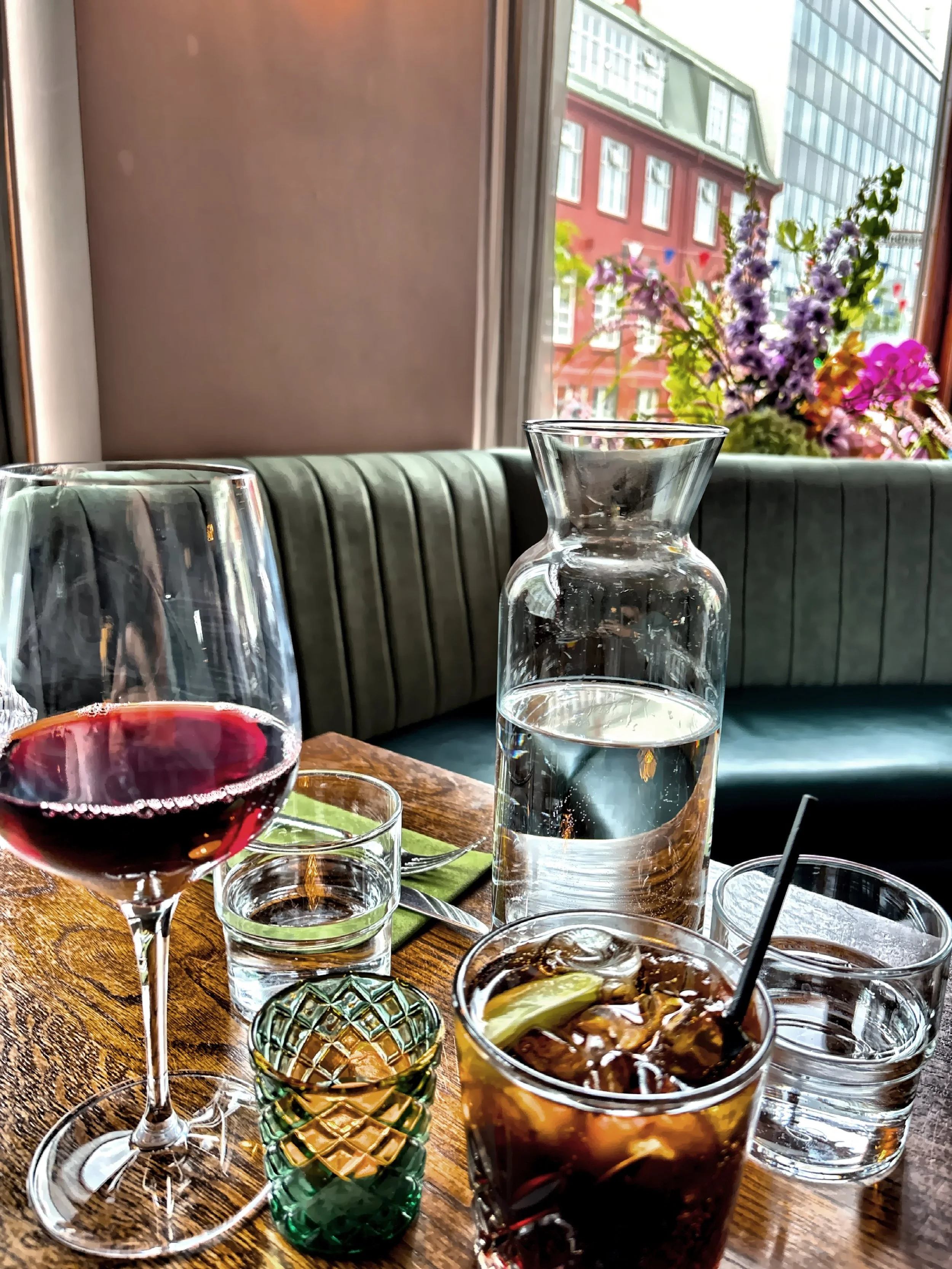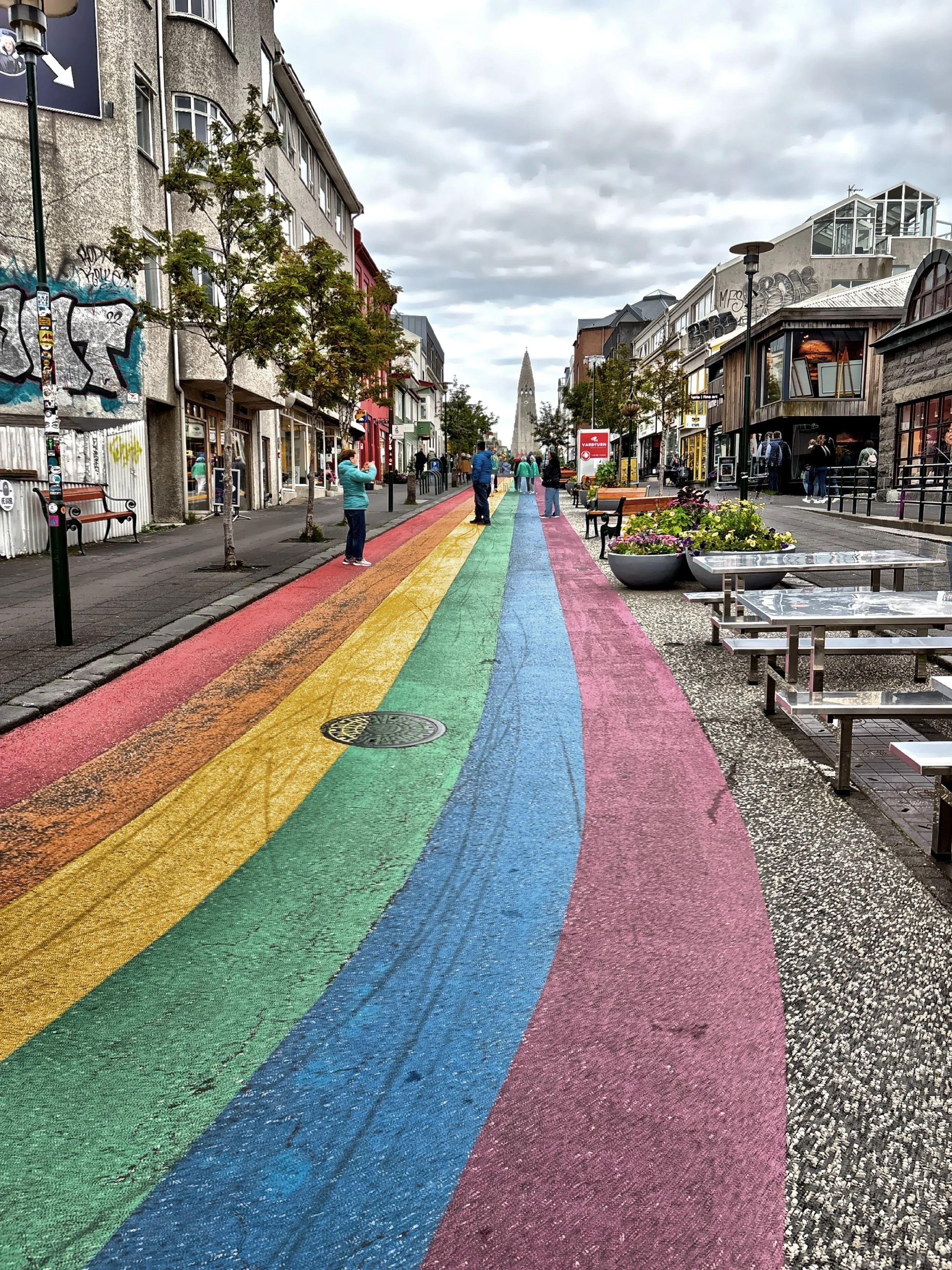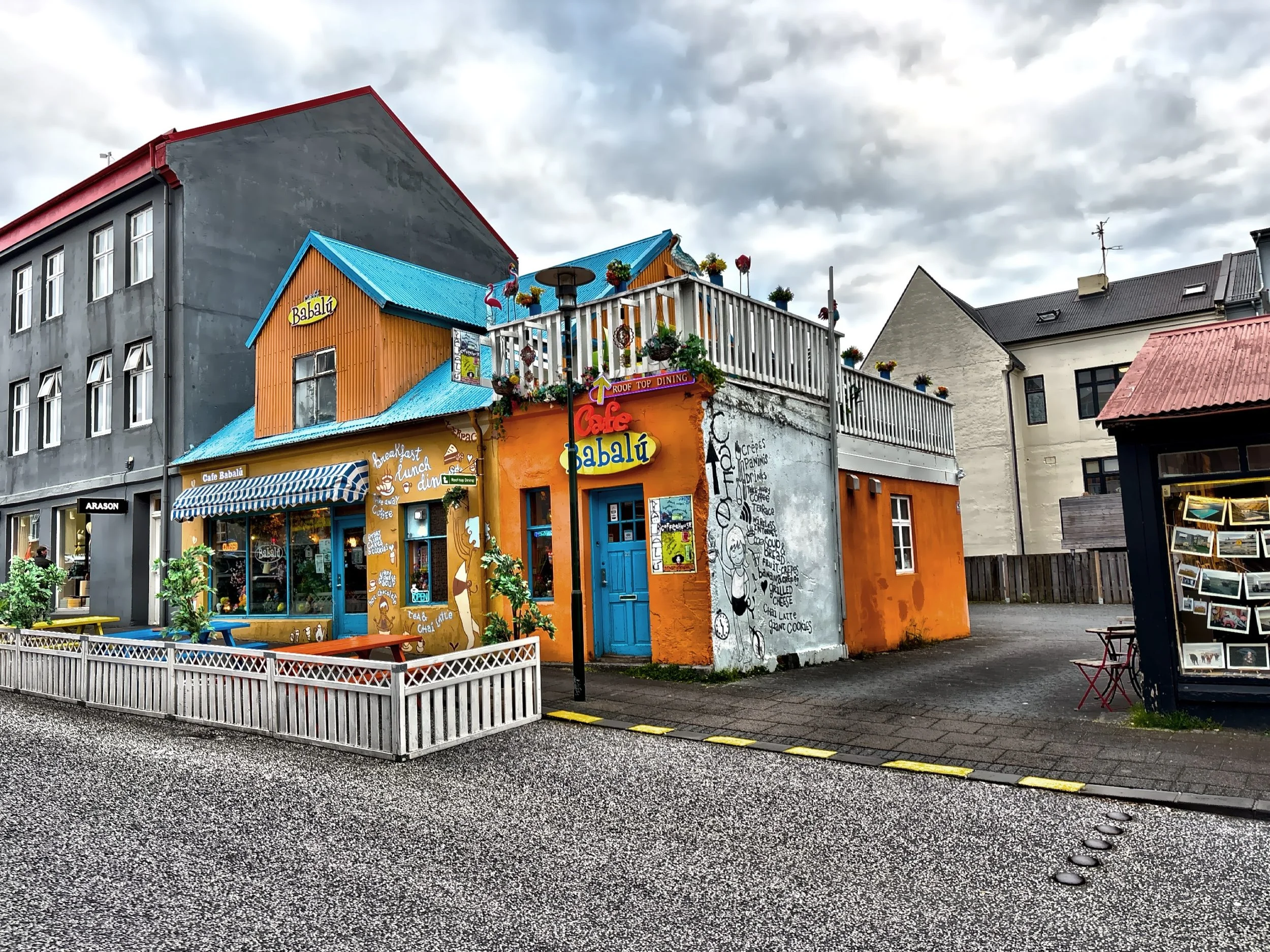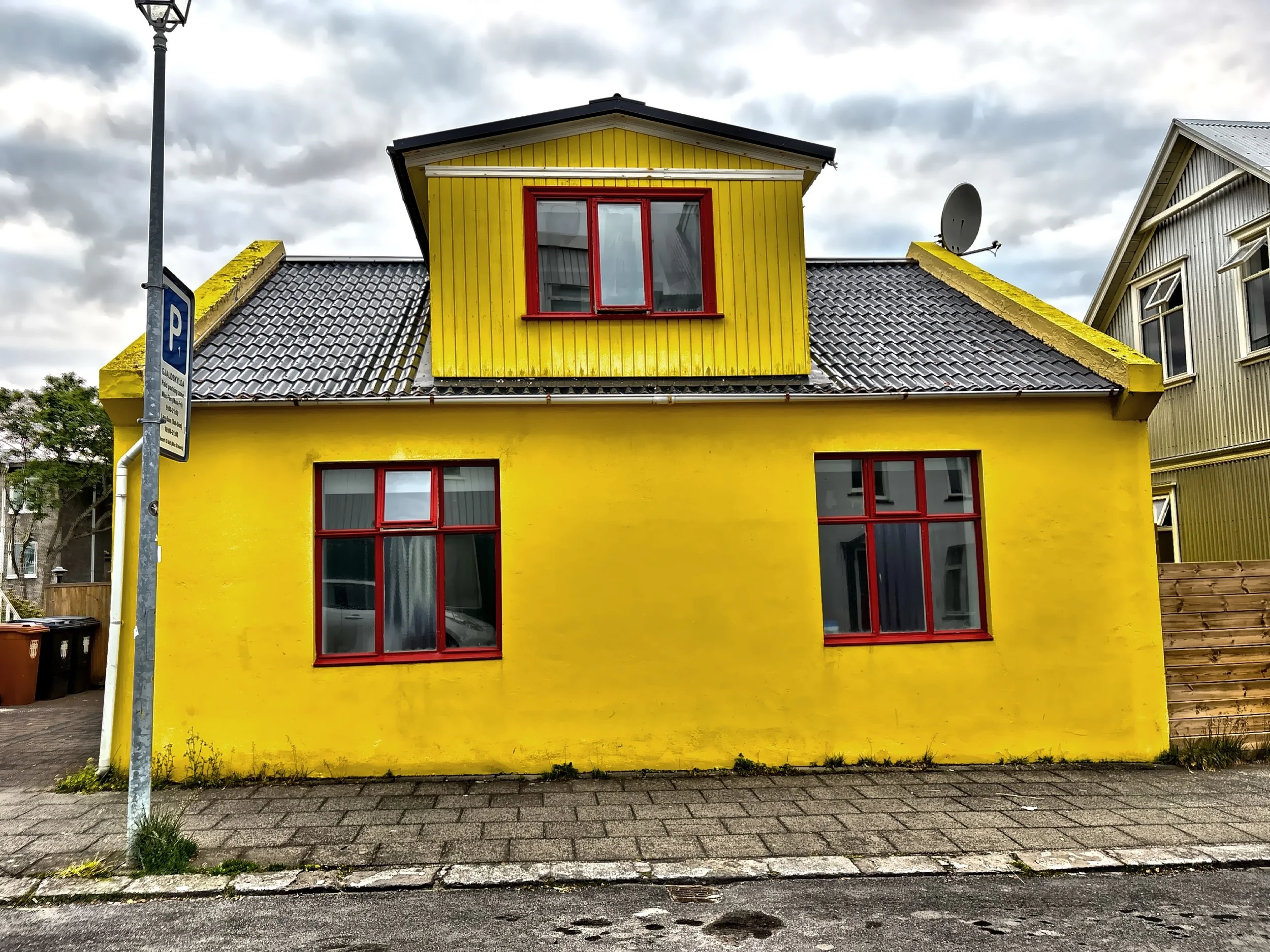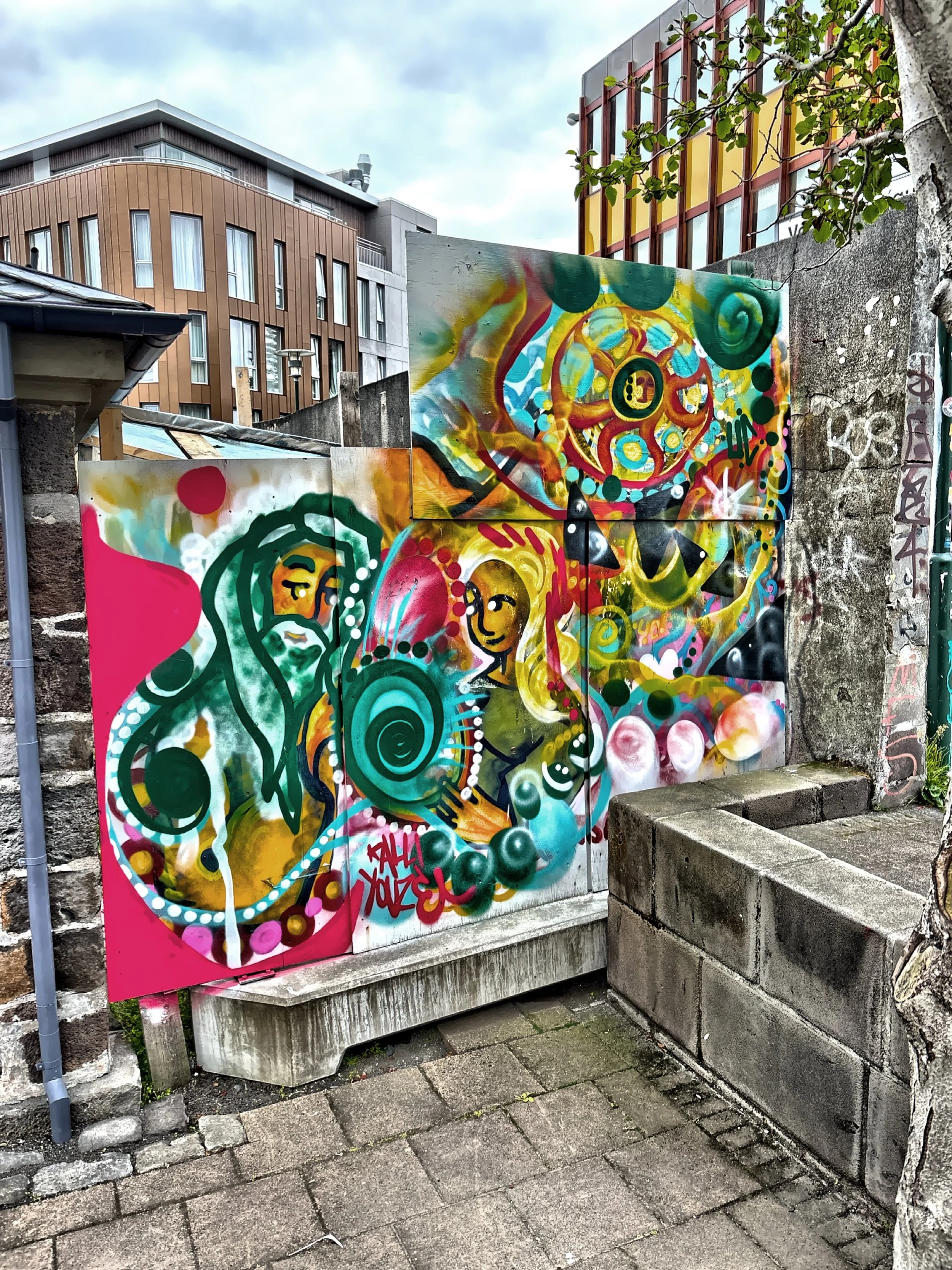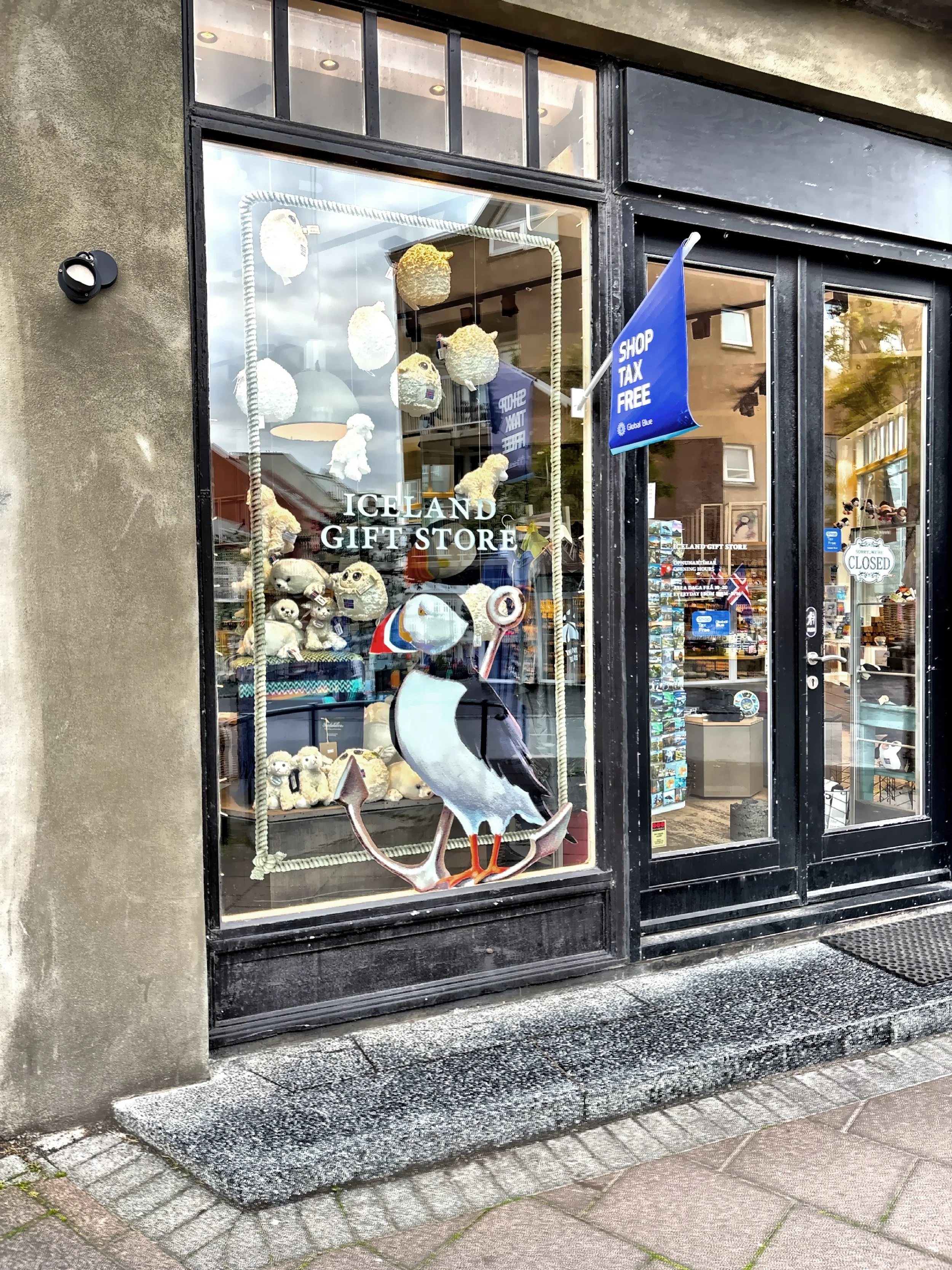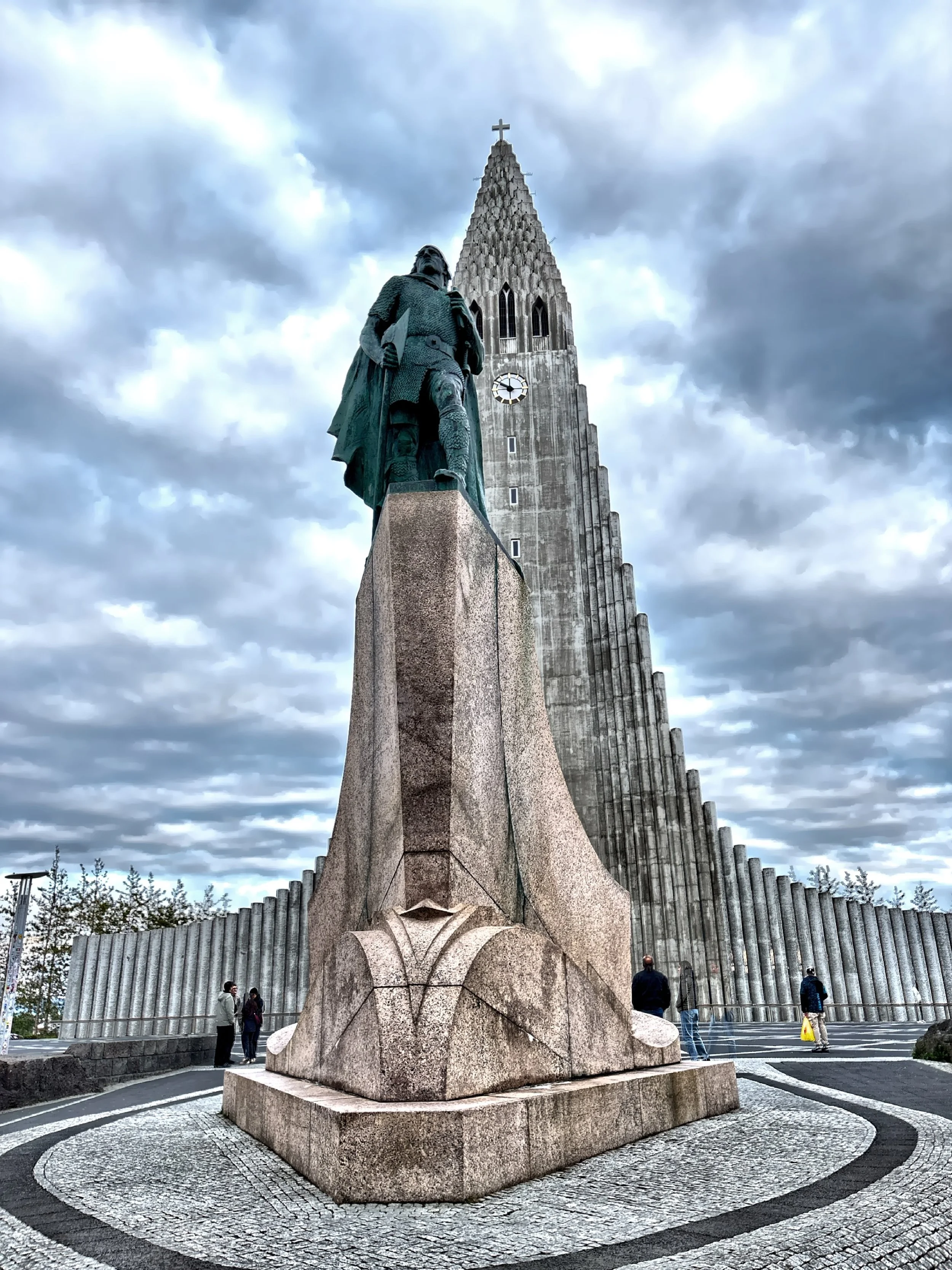Iceland’s Capital & Largest City - Reykjavik
Reykjavík is Iceland’s small but vibrant cultural capital, home to around 143,000 people. Compared to other capitals, it feels relaxed and welcoming. The city is known for its striking architecture, tasty food, and beautiful natural surroundings. It sits on the shores of Faxaflói Bay, in a landscape shaped over thousands of years by earthquakes, volcanic eruptions, and glaciers. Reykjavík is also surrounded by breathtaking mountains—most notably Mount Esja, the highest peak near the city and a defining feature of the coastline.
Compact and colorful, Reykjavík is full of charm, with houses painted in bright reds, yellows, and blues—many clad in corrugated metal. That metal isn’t just for looks: it’s durable, affordable, and built to handle Iceland’s tough weather. Over time, it’s also become a signature part of the city’s visual vibe.
The overall feel is laid-back but creative. You’ll find cool street art, cozy cafés, and a real sense of openness—both in the people and the wide, dramatic landscape. It’s the kind of place where volcanic forces meet human creativity, where the weather might shift every 10 minutes, and in summer, the sun barely sets.
Reykjavík has a strong local arts scene, hosting some of Iceland’s biggest annual events and arts festivals like Iceland Airwaves, Reykjavik Pride, Reykjavik International Film Festival, Reykjavik International Literature Festival and Culture Night.
This is what caught my eye - I hope you enjoy!
Do you like the images posted?
Click here to explore the shop.
What you should know:
If you arrive by plane, it is a 45 minute ride from the airport to the city. A cab could cost over $200. Flybus offers a more economical option.
Reykjavik is very walkable.
You will need a valid passport and a power converter if you are coming from the US.
There are many different restaurant options.
The currency used here is the Icelandic króna (ISK).
Parking in some areas can be difficult.
There are no public restrooms but you can use the ones in the larger hotels.
The people here speak Icelandic, and some Danish, but nearly everyone speaks English.
Wi-Fi is widely available.
Tipping is generally not expected, but rounding up is appreciated.
Food is pricey.
People here respect nature, don’t walk off marked paths or disturb moss.
Try and book major activities in advance.
Reykjavík is exceptionally safe.
For more information: Reykjavik, Iceland
If you enjoyed this post, feel free to check out my previous posts by clicking here.

